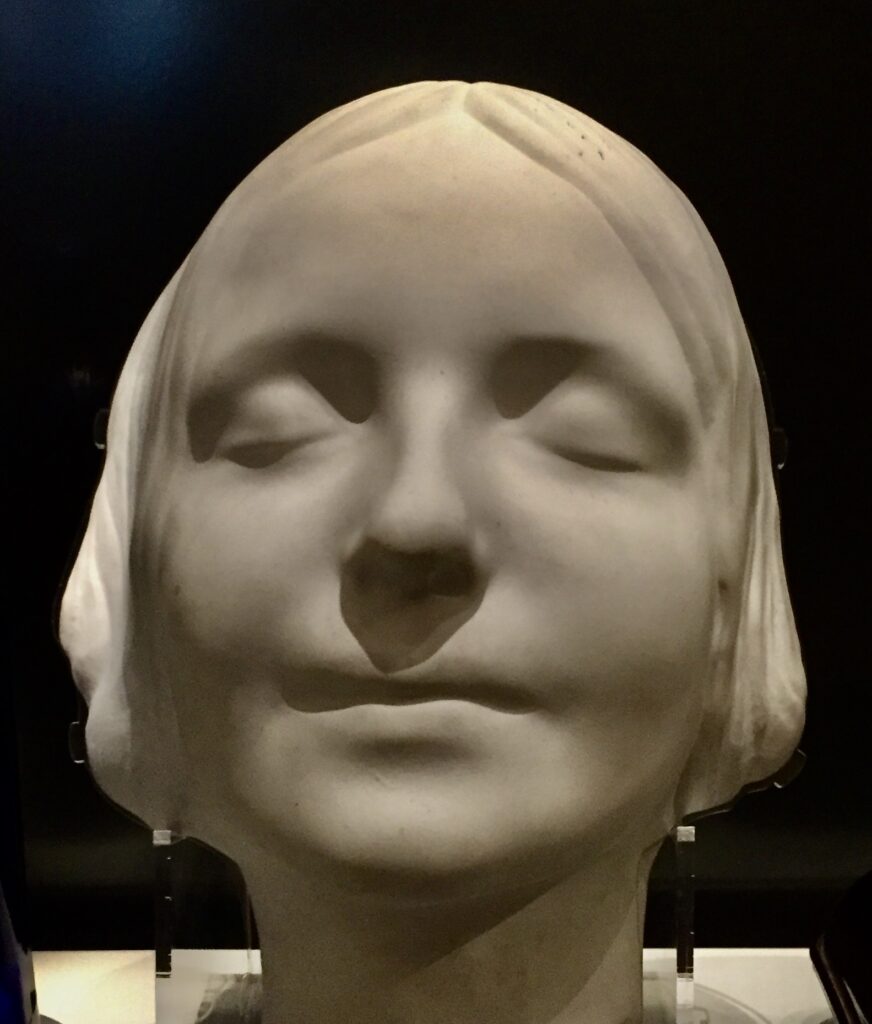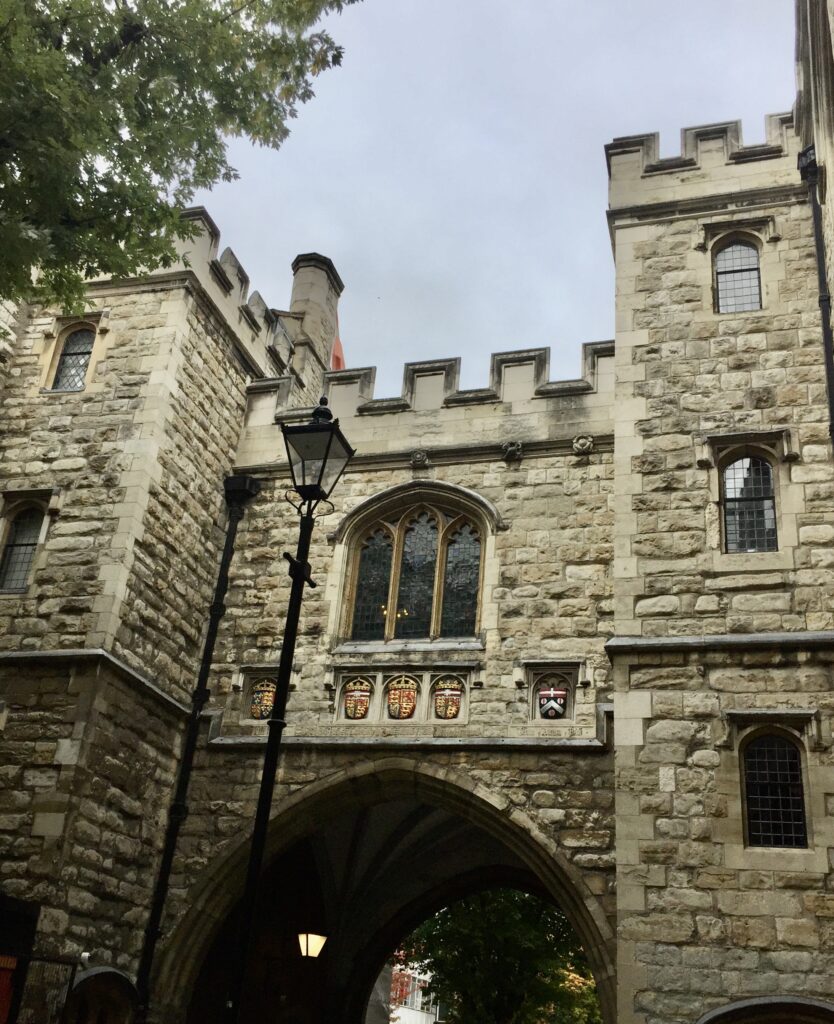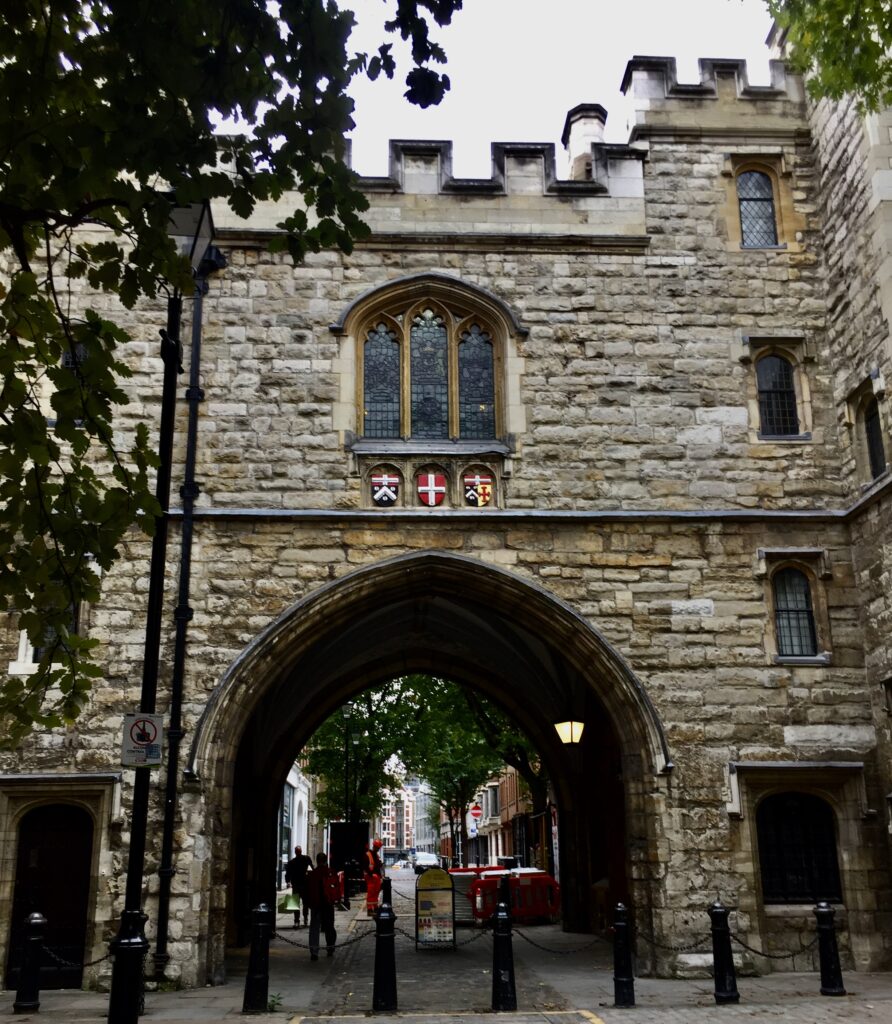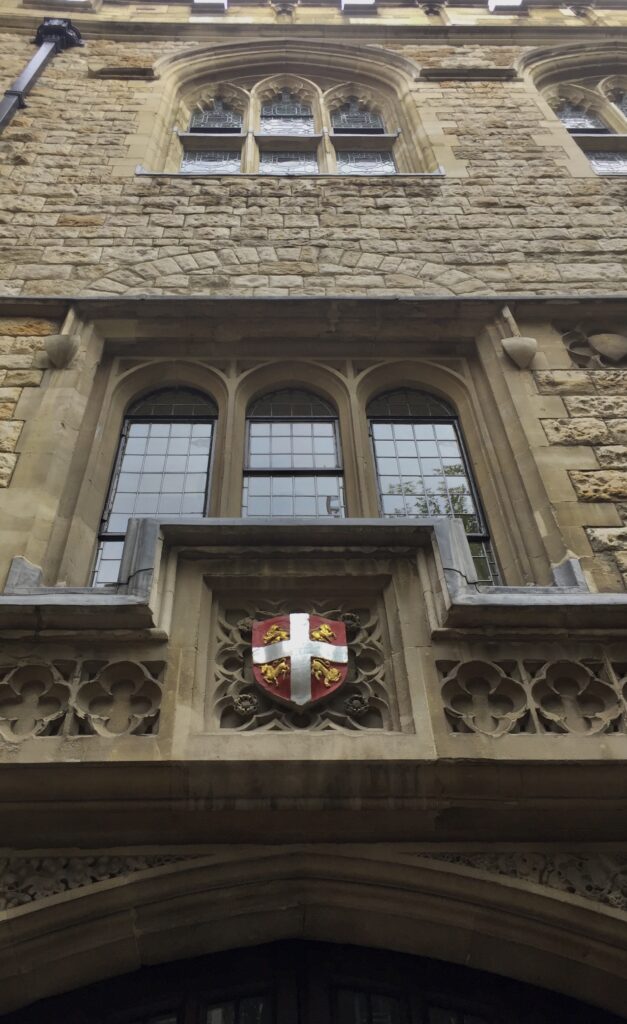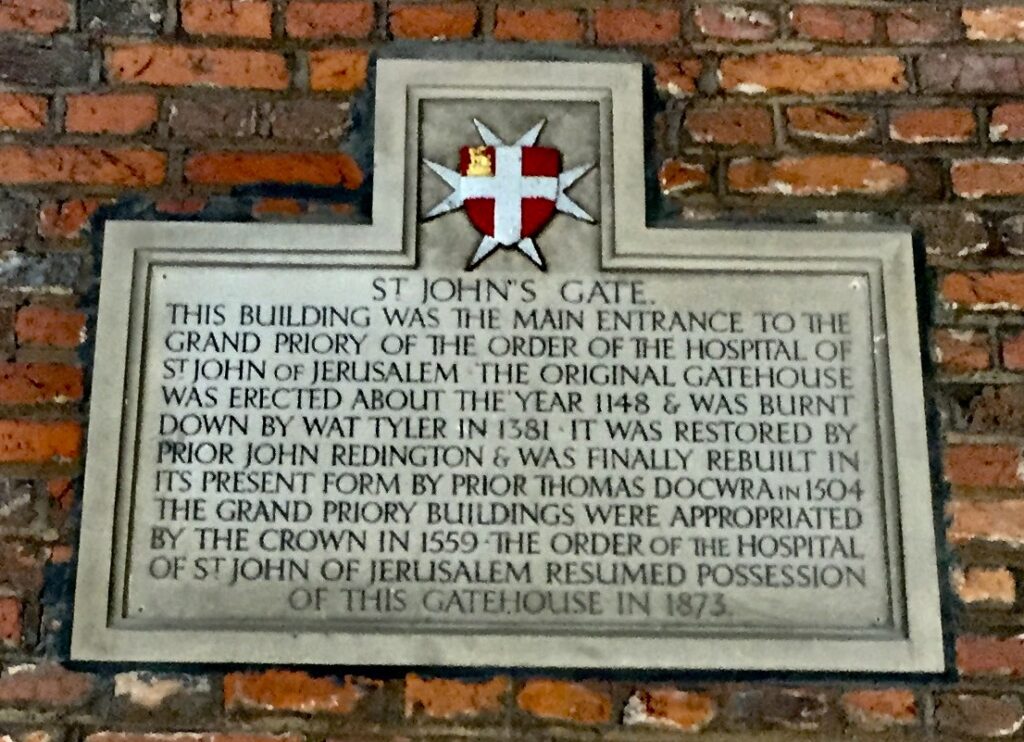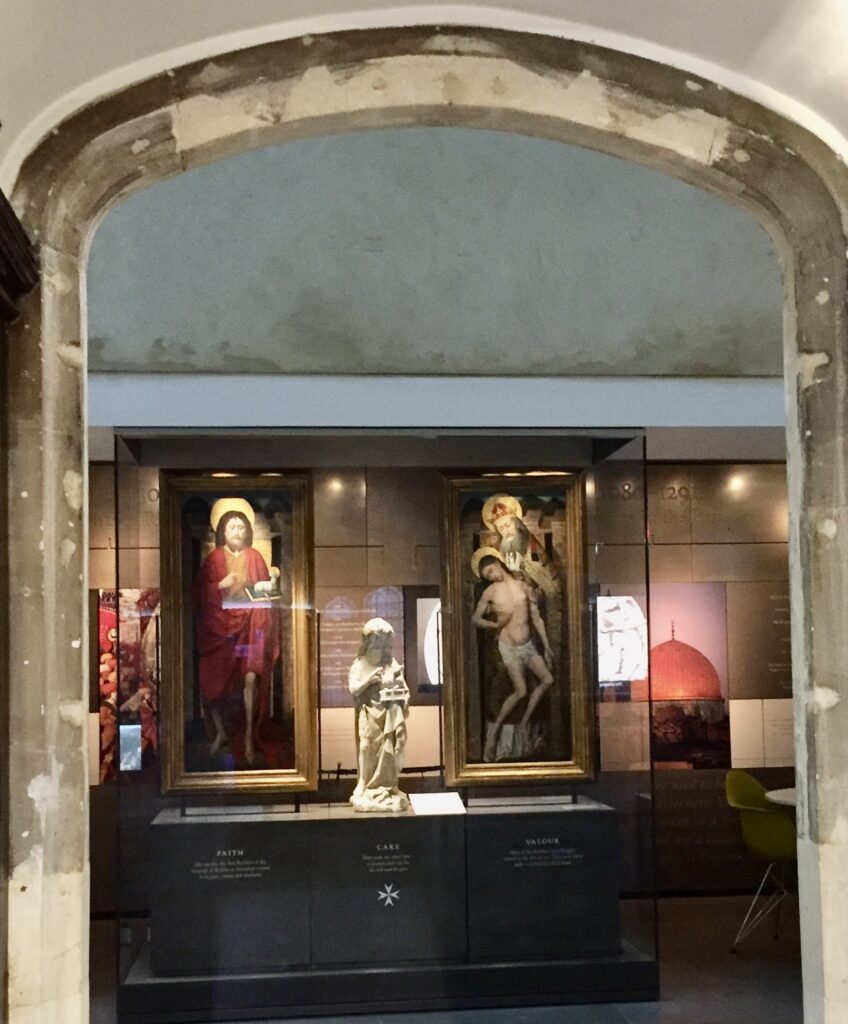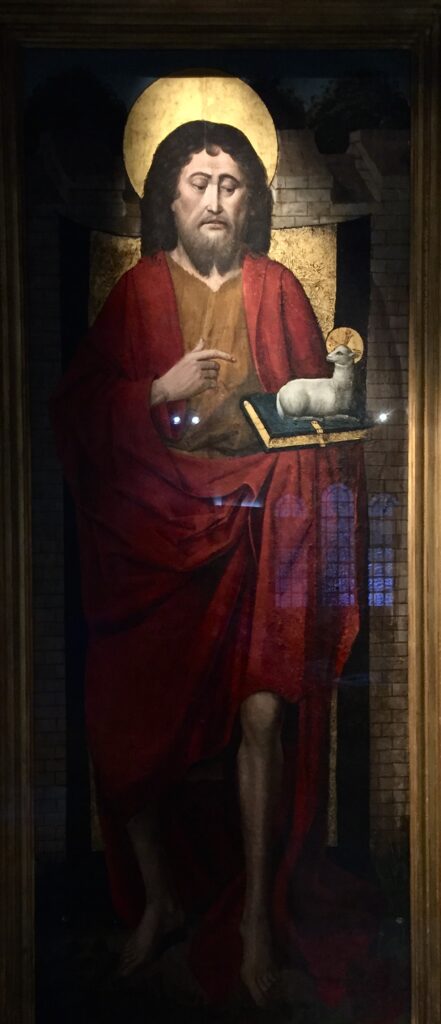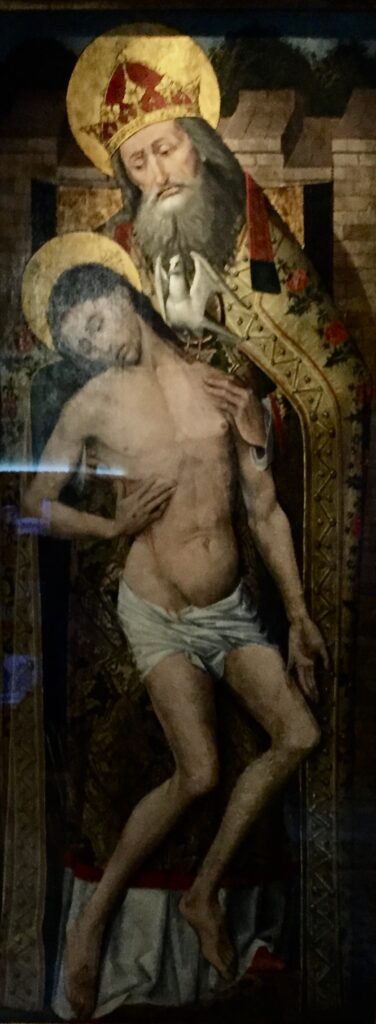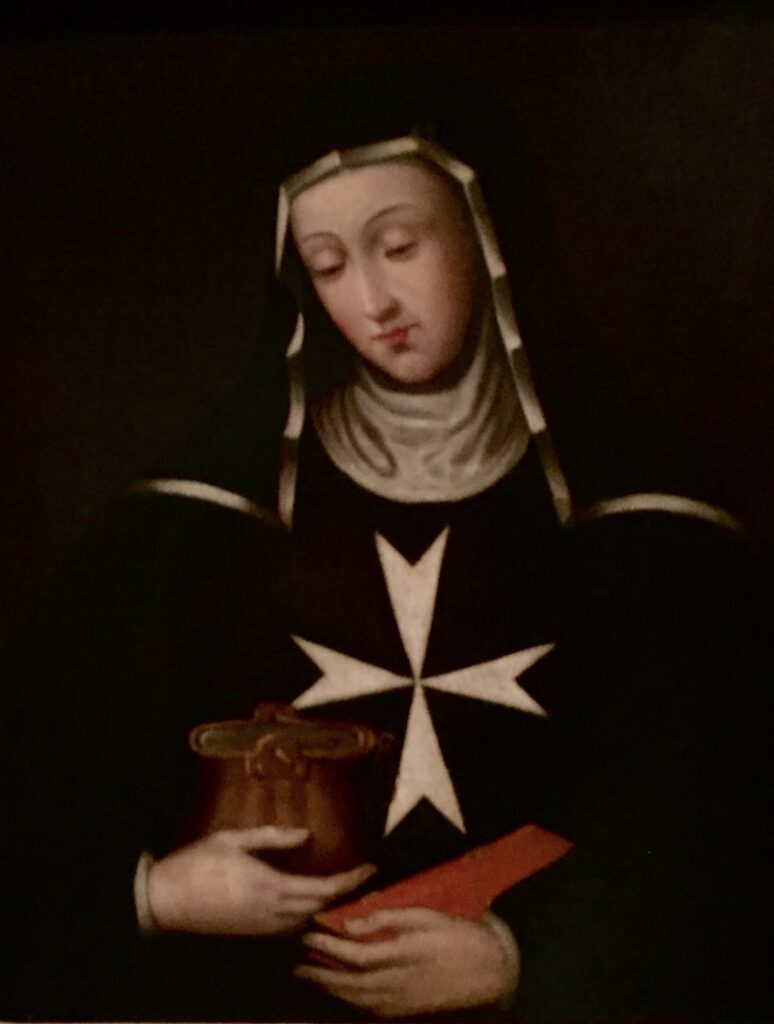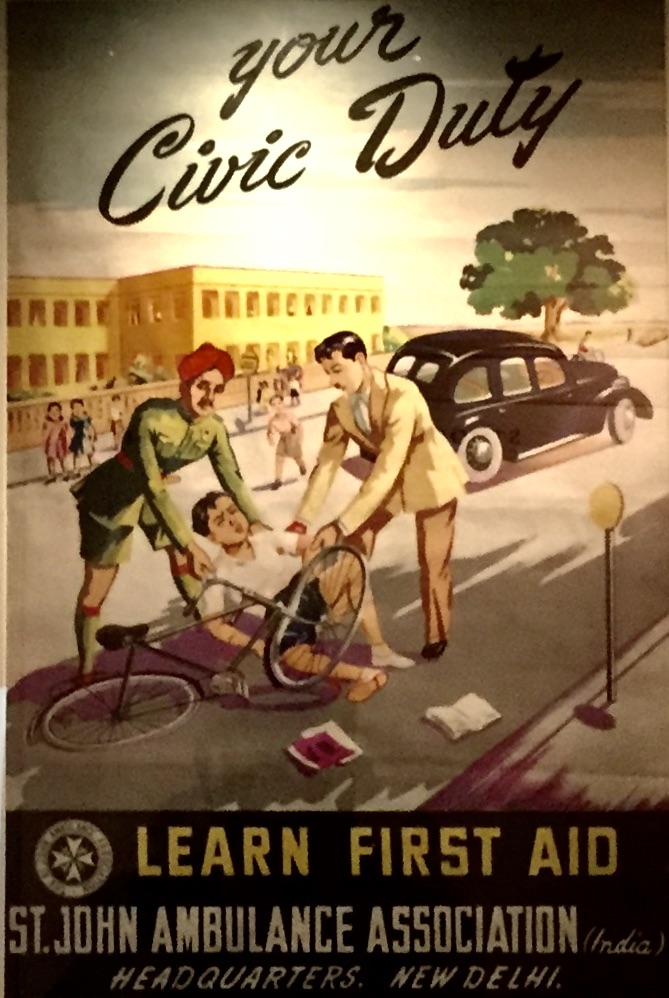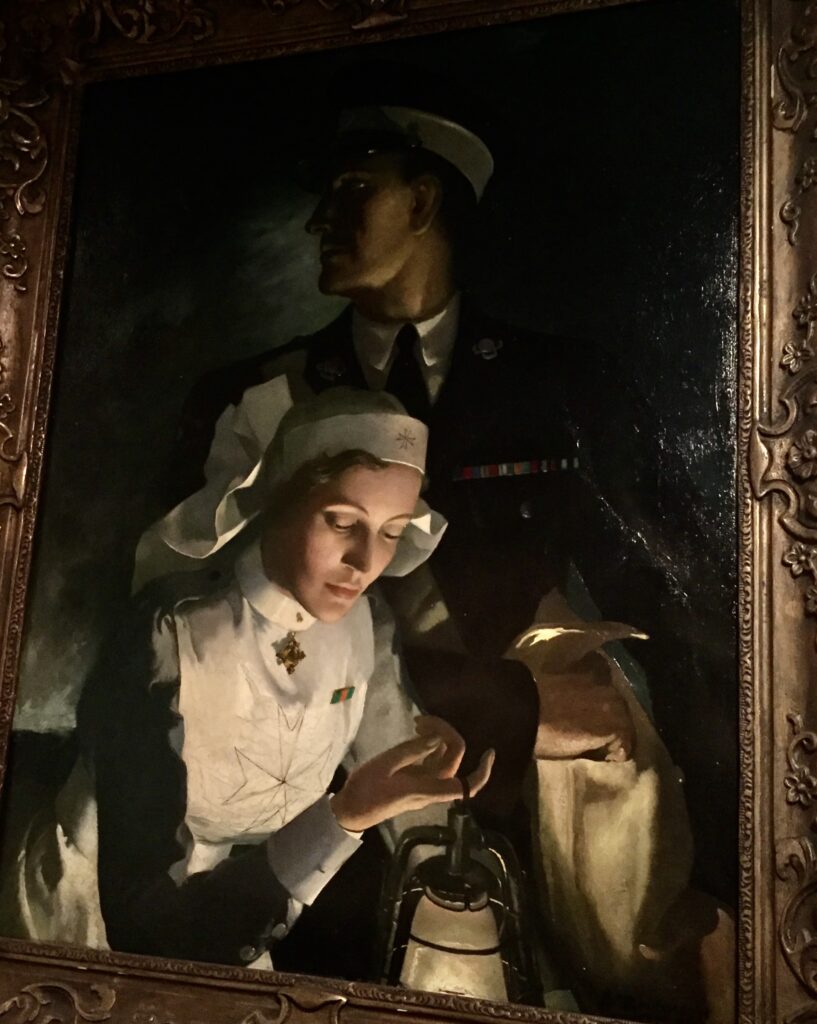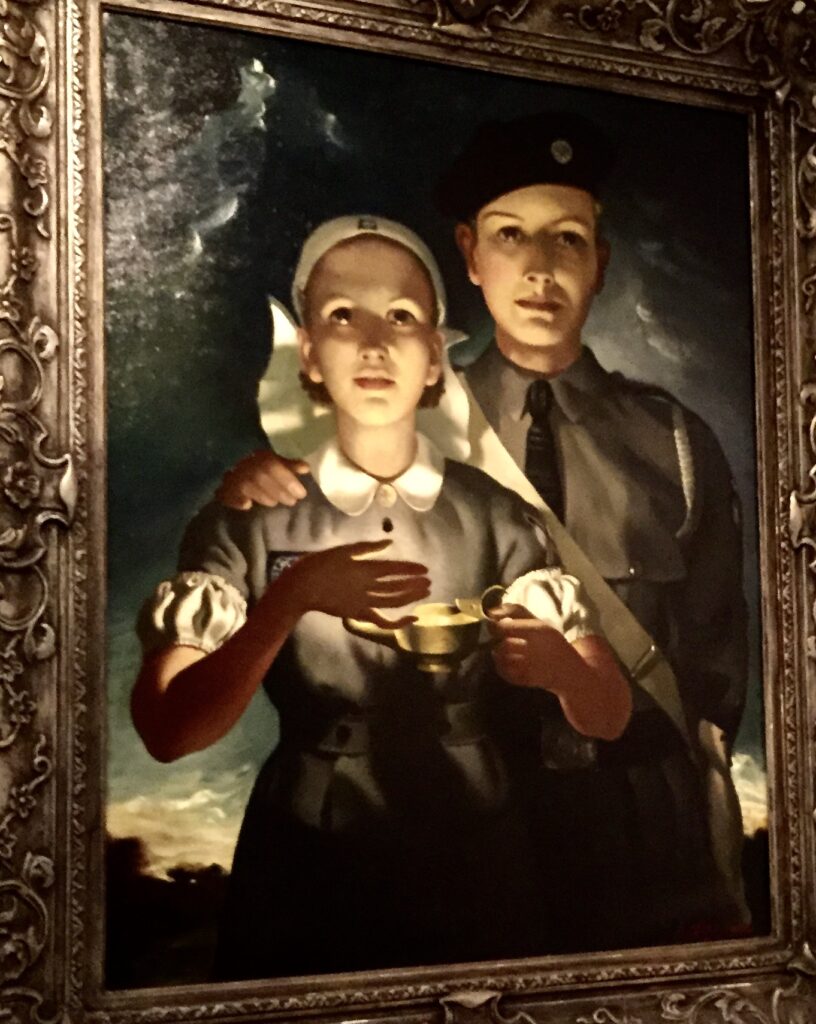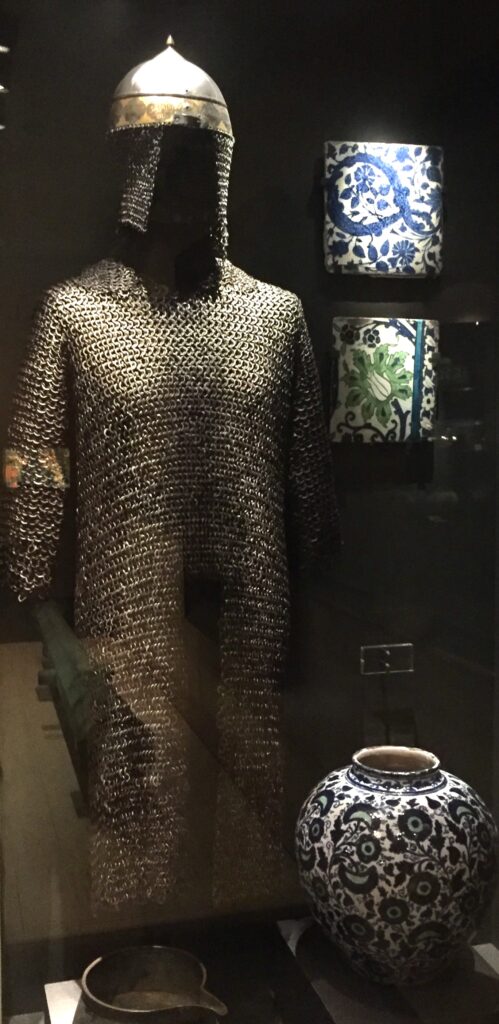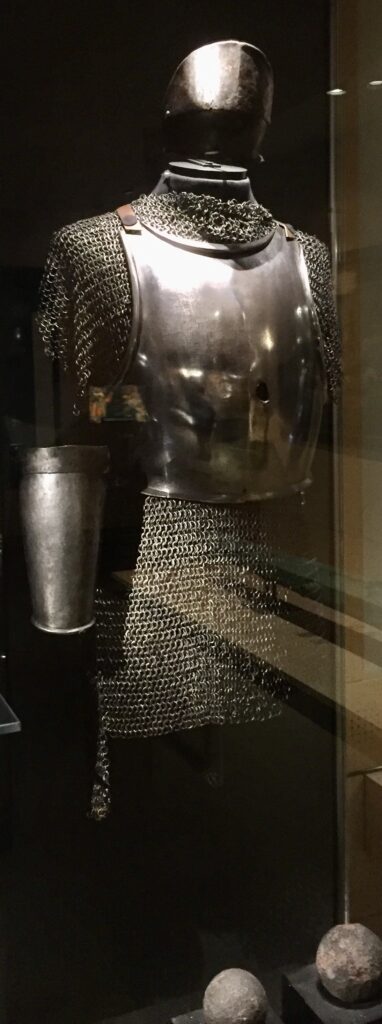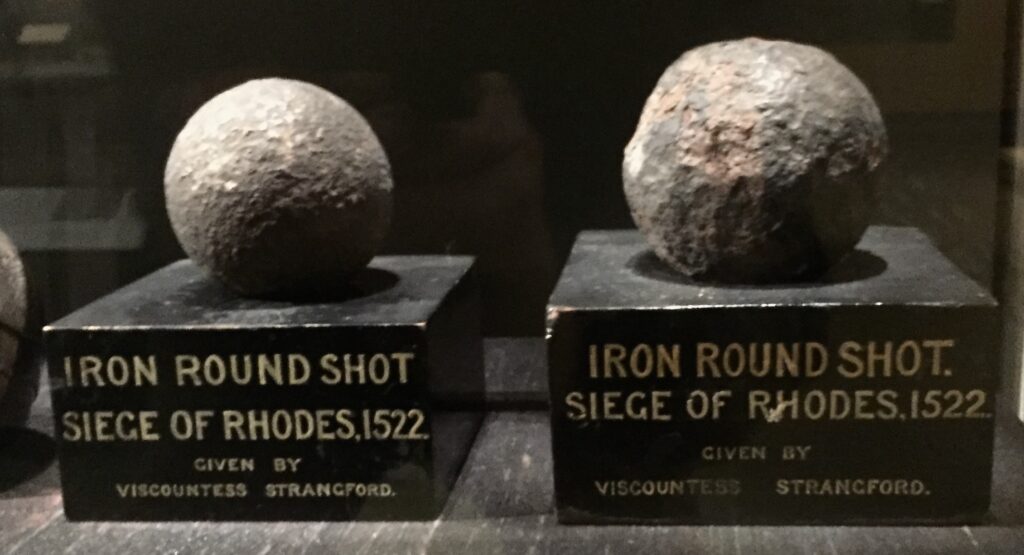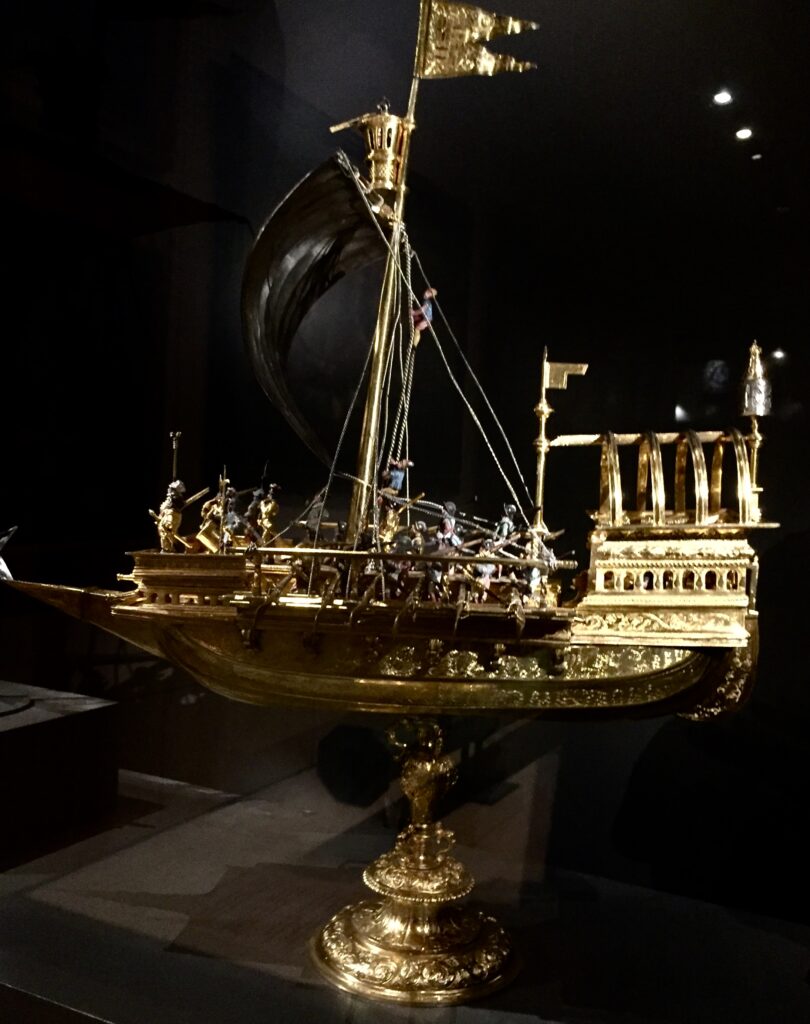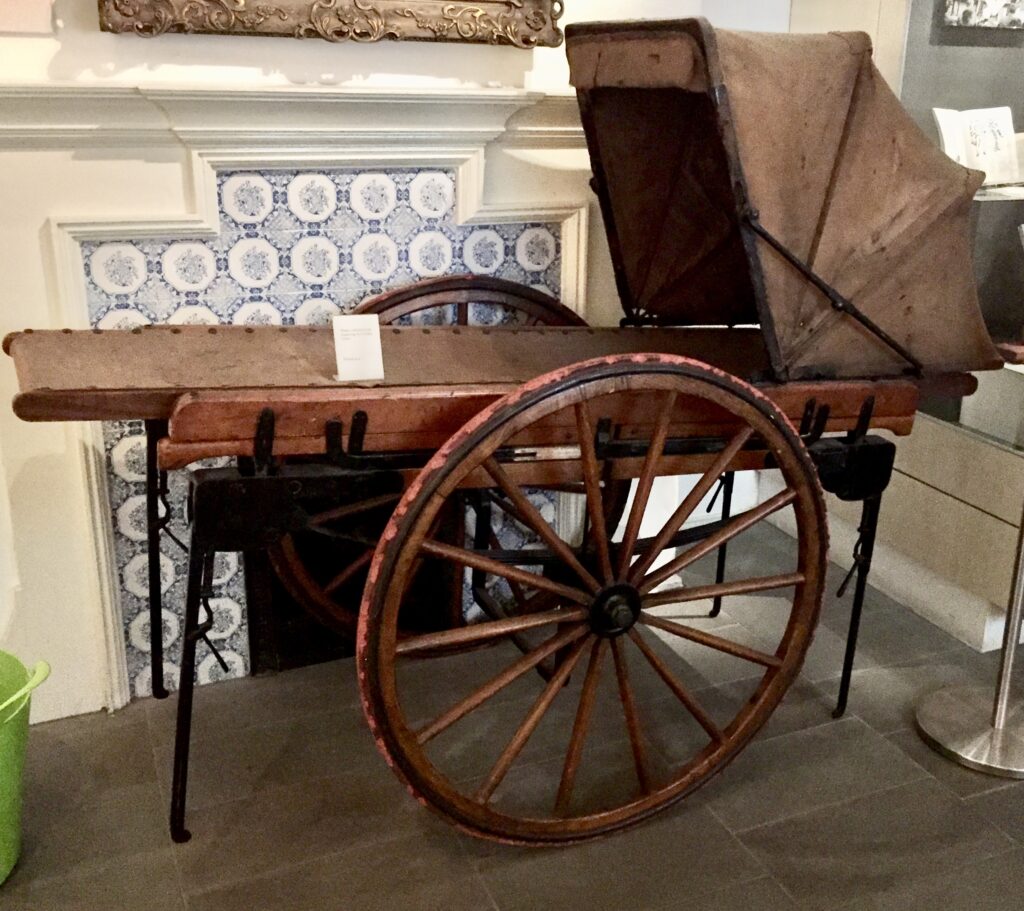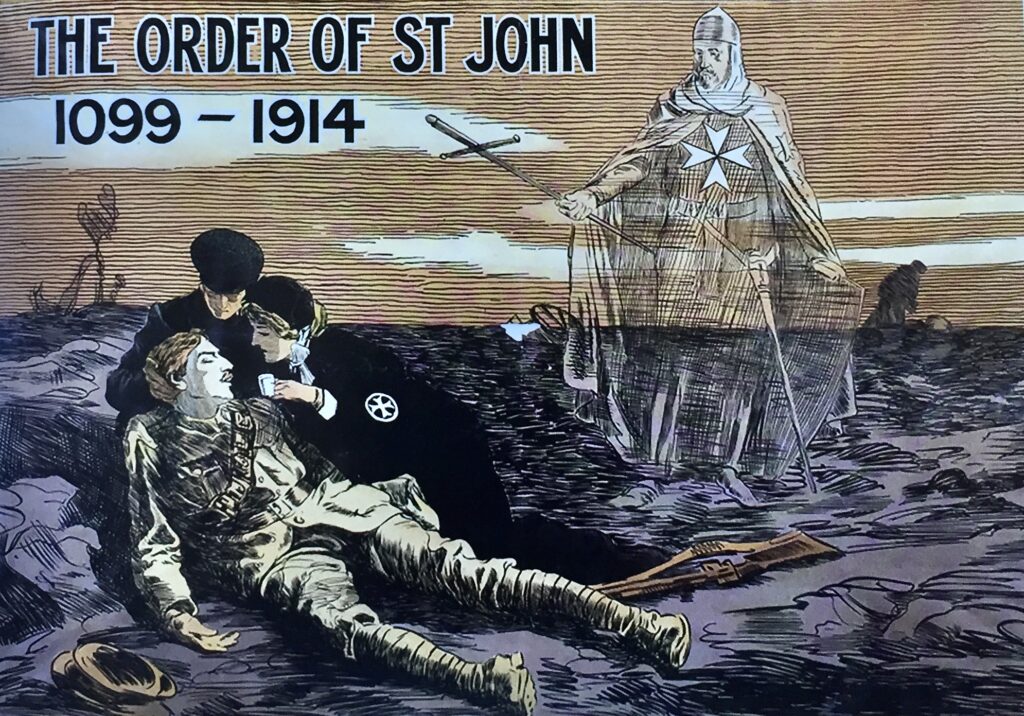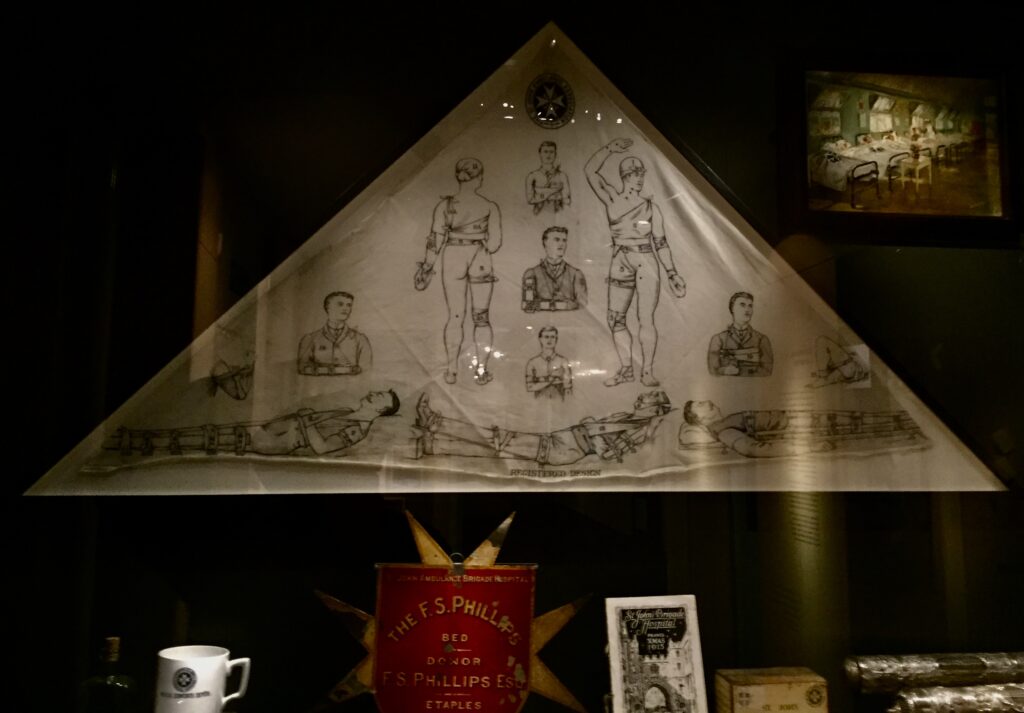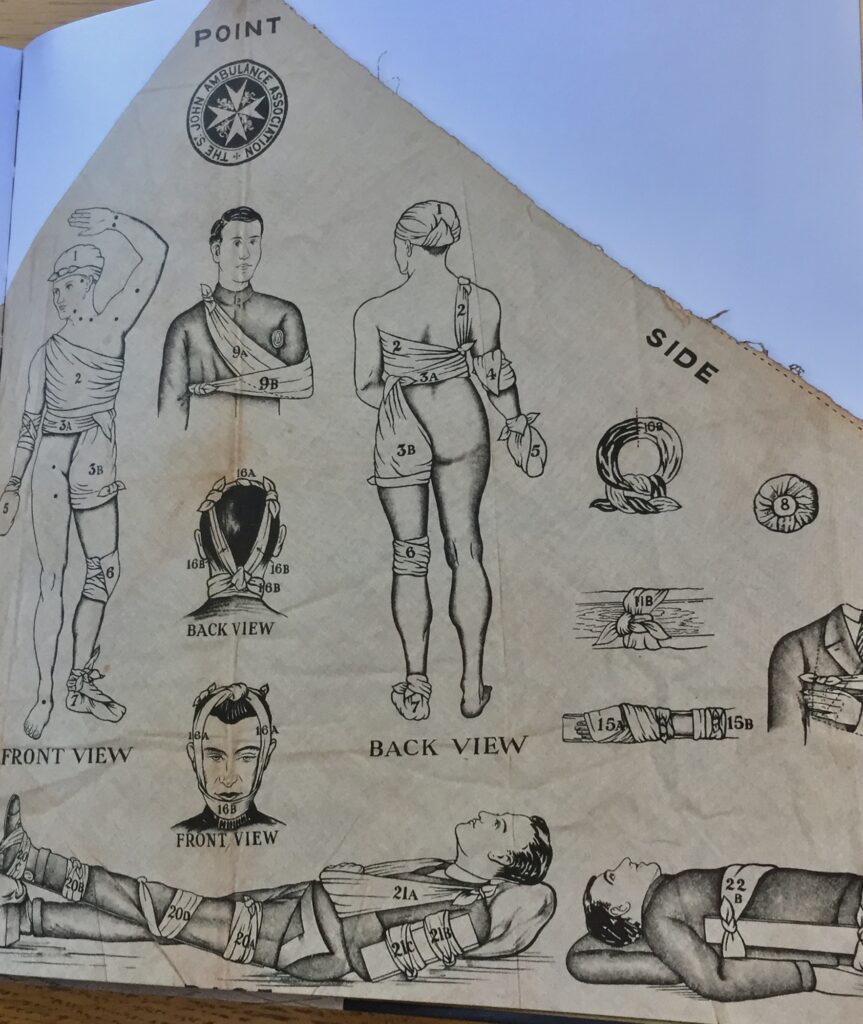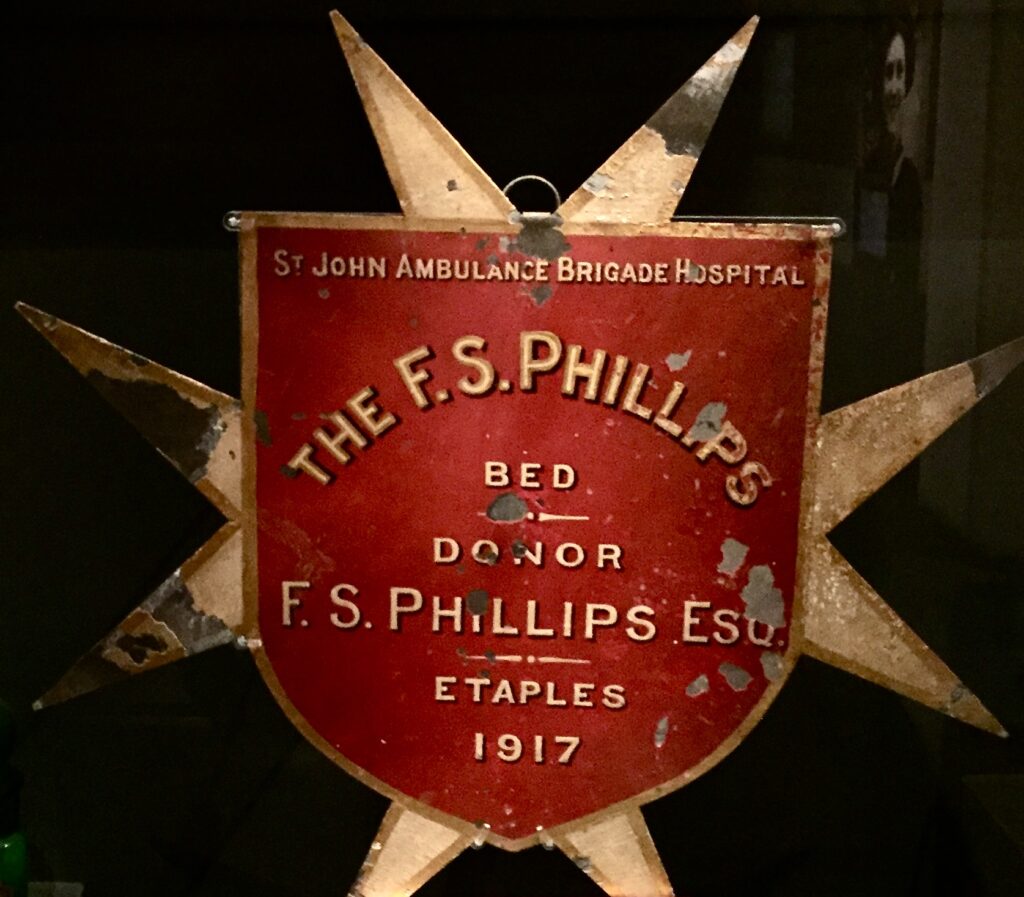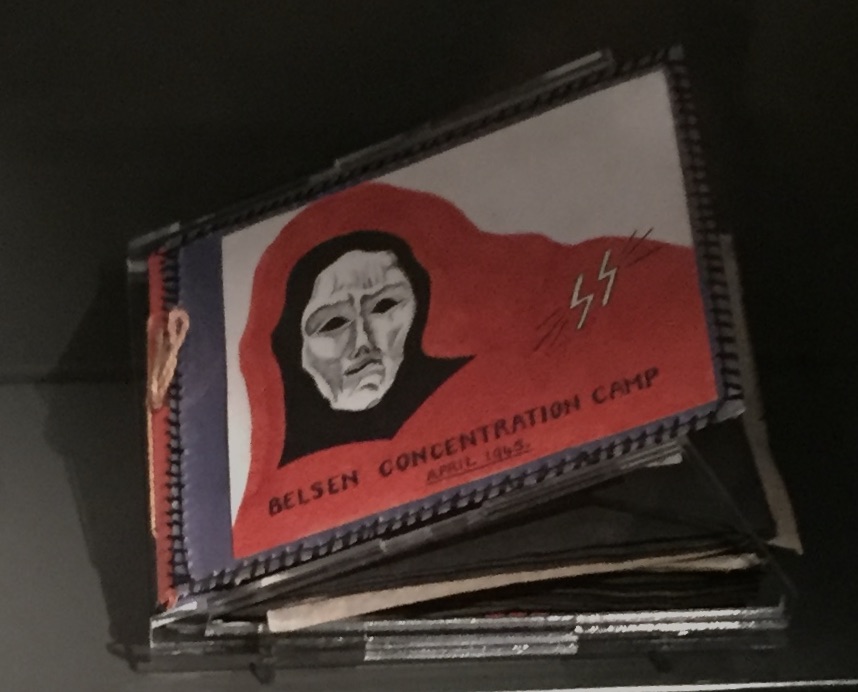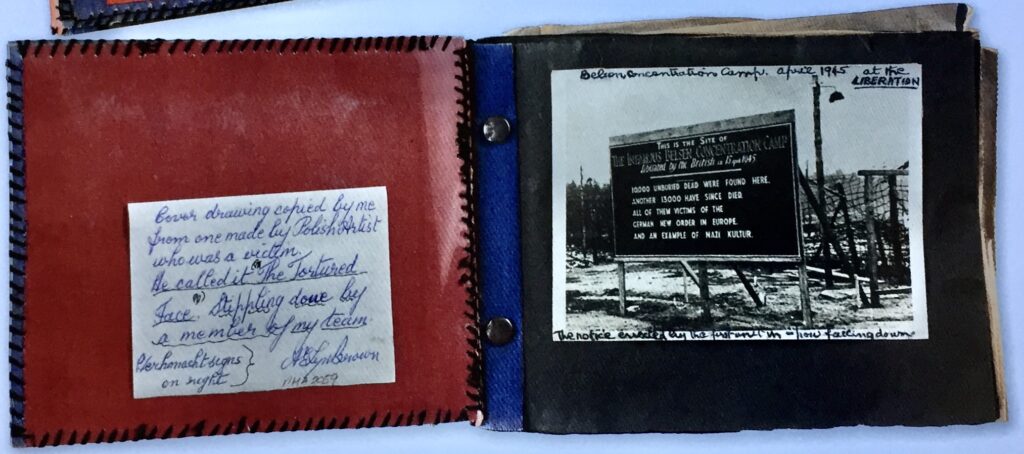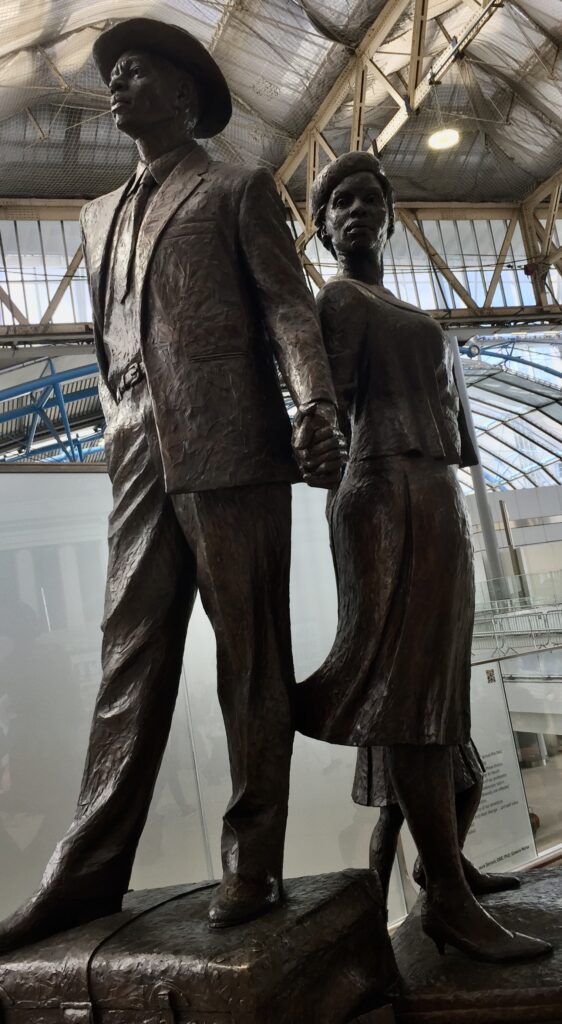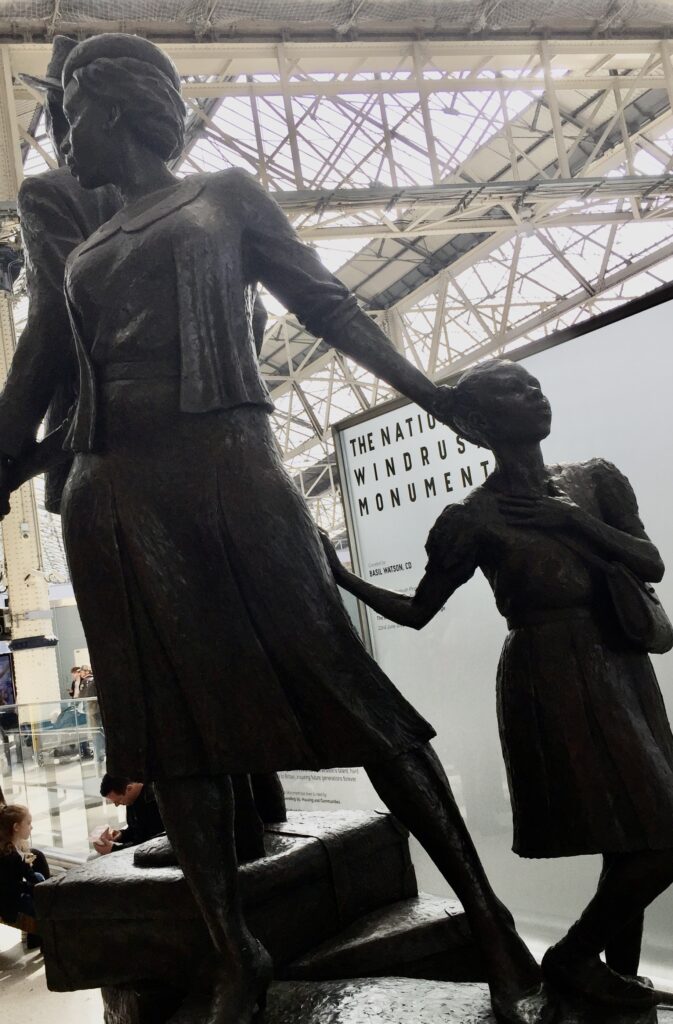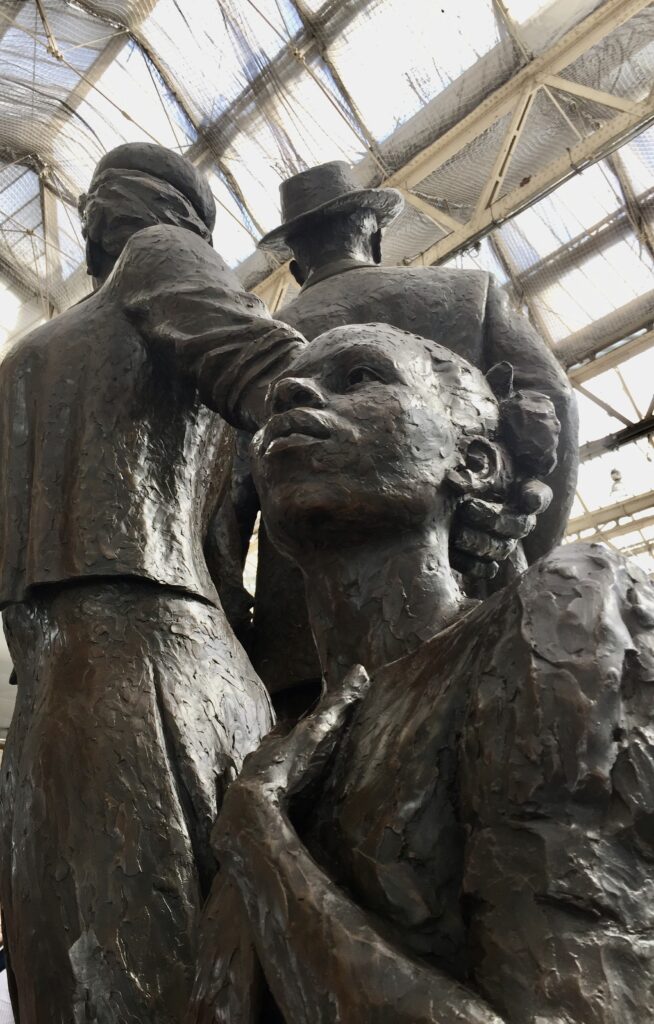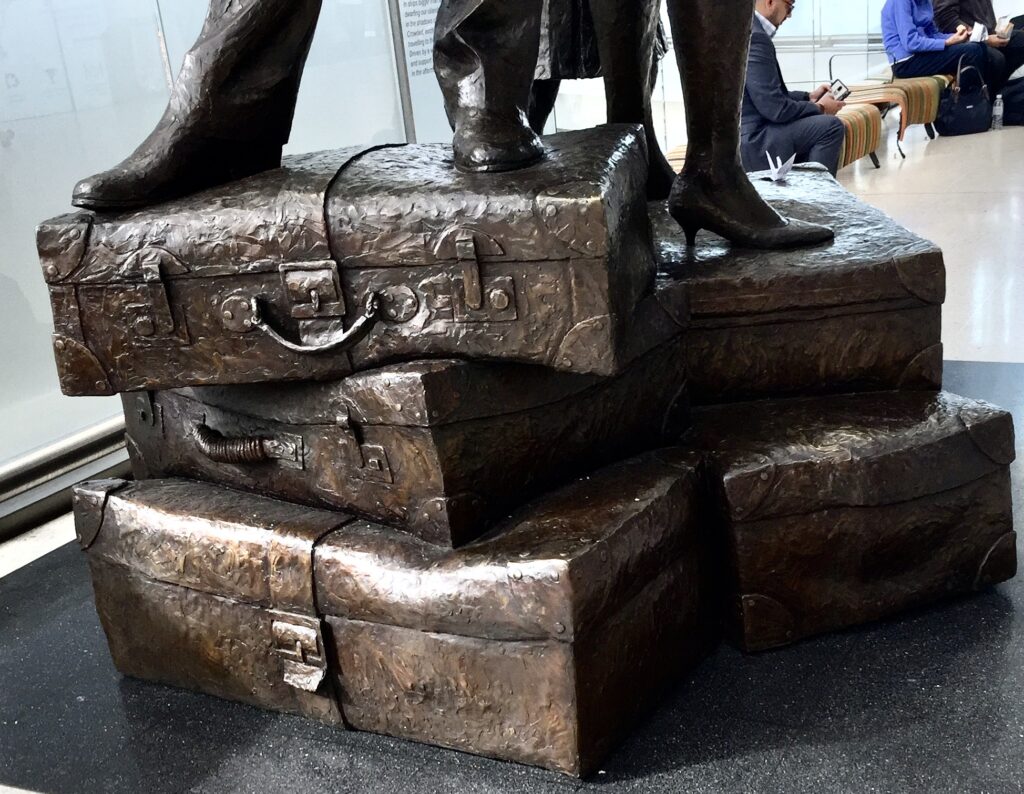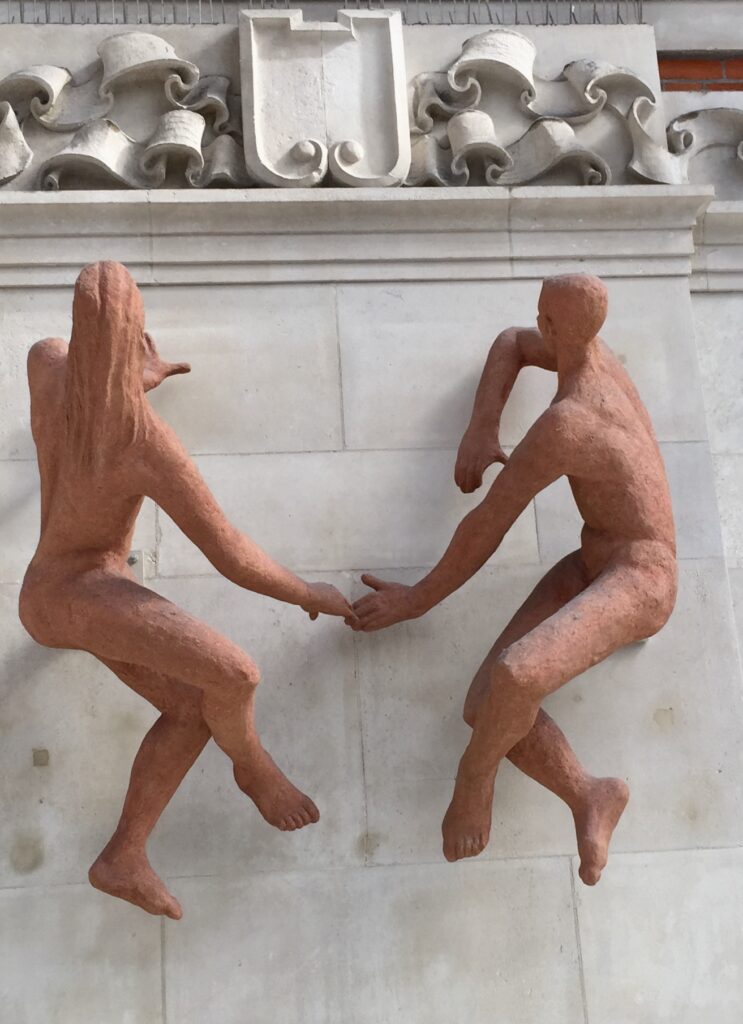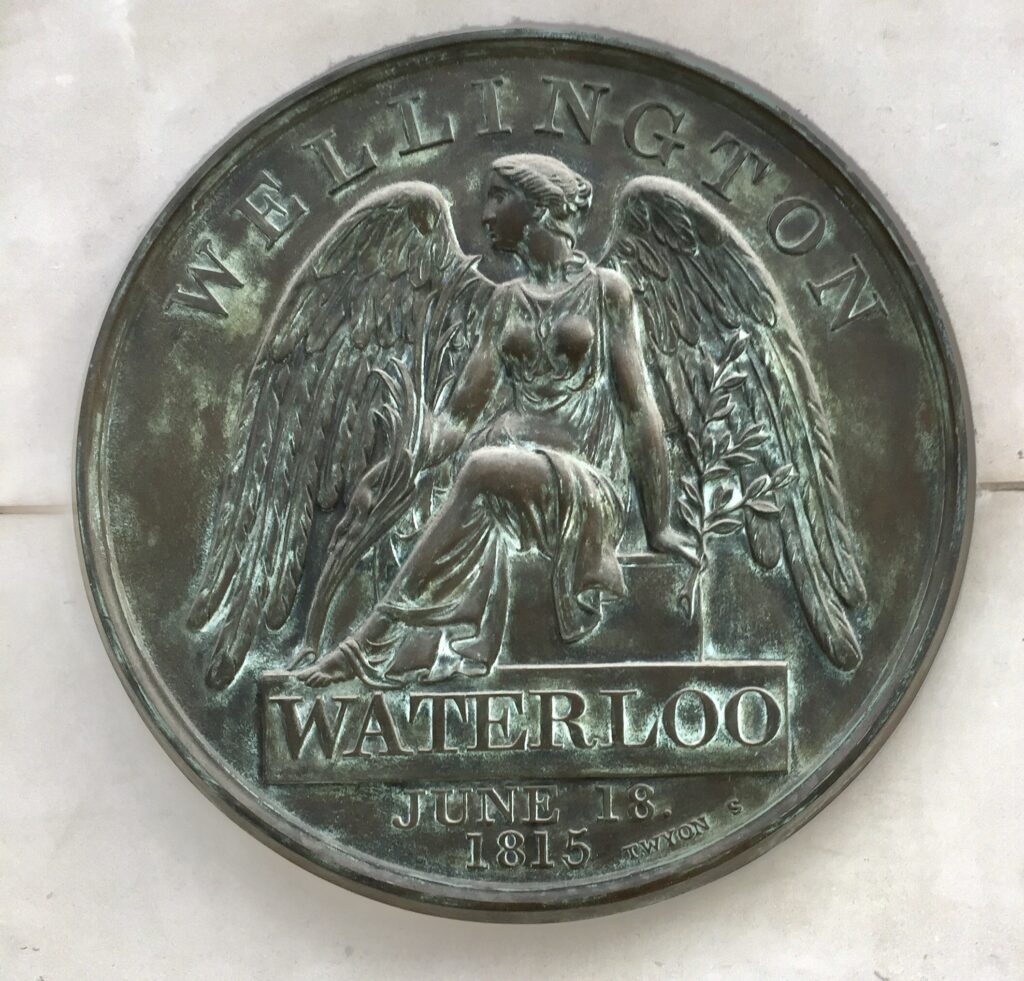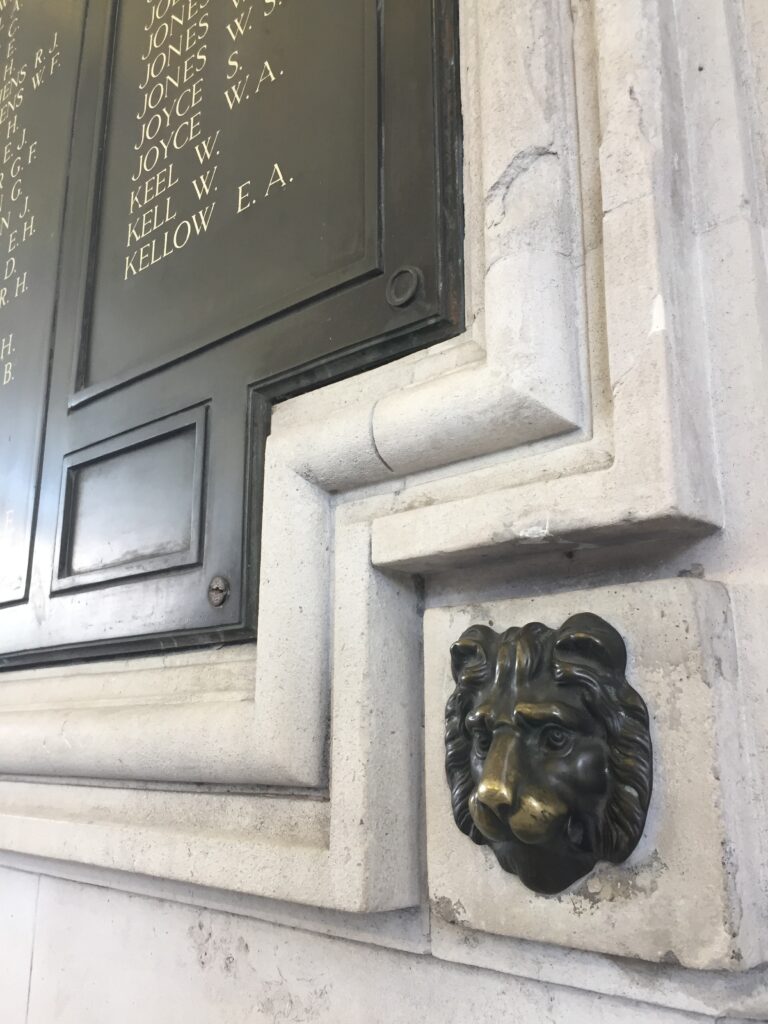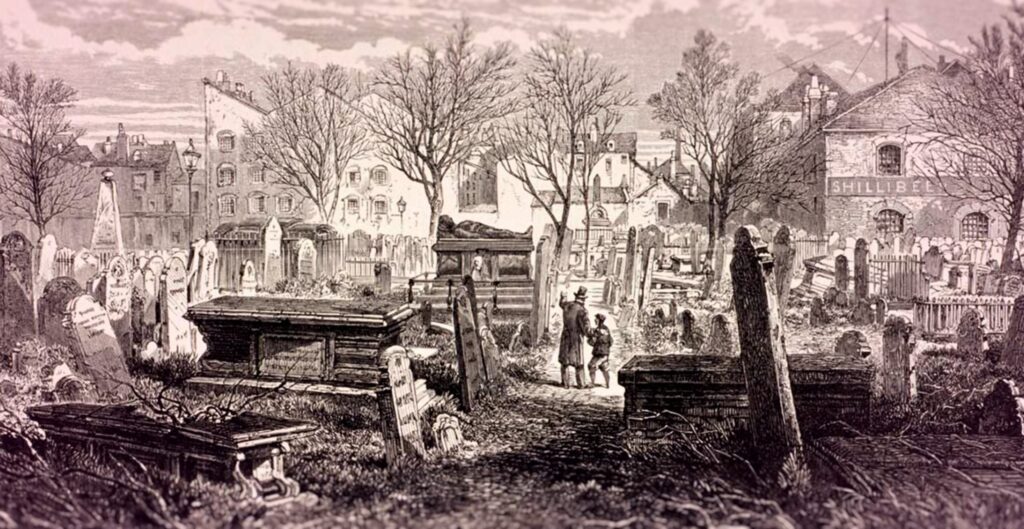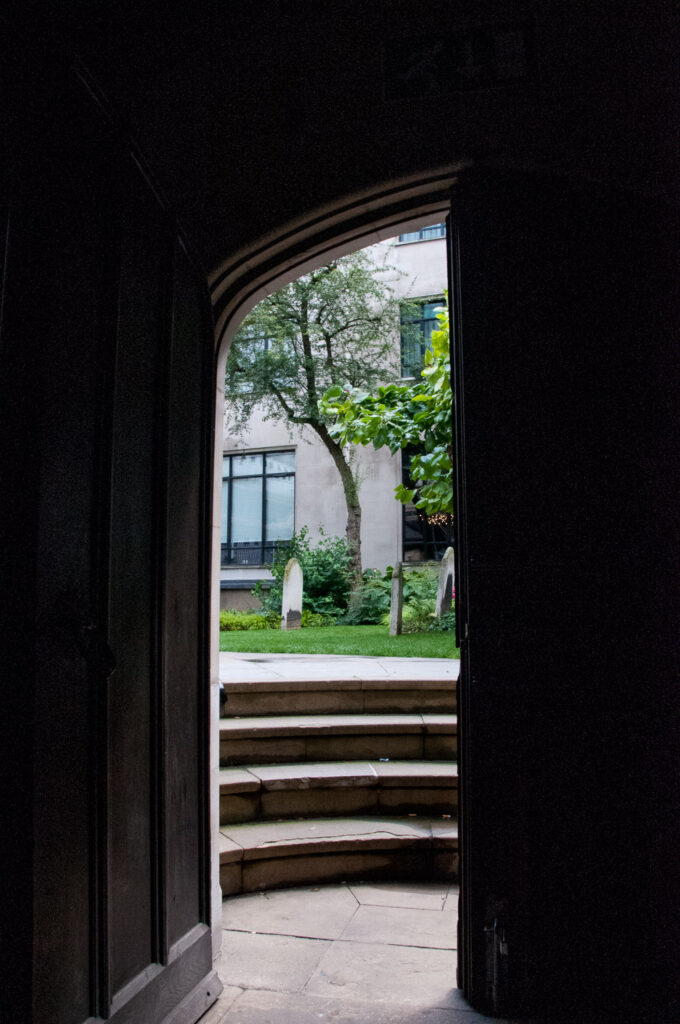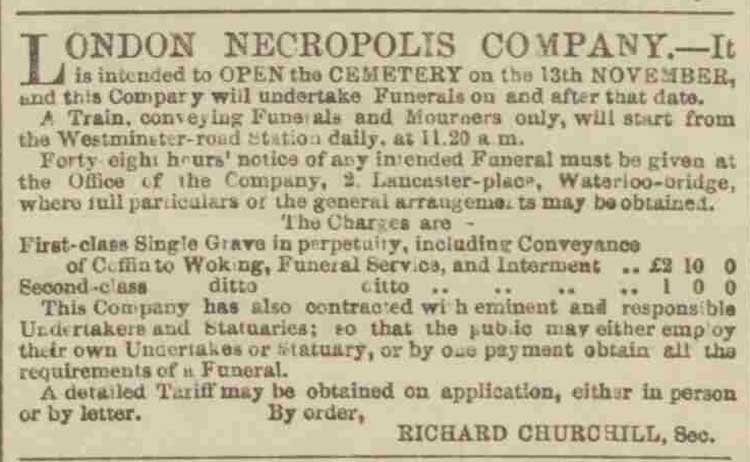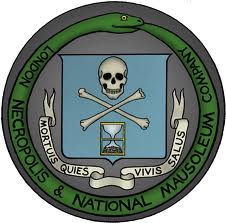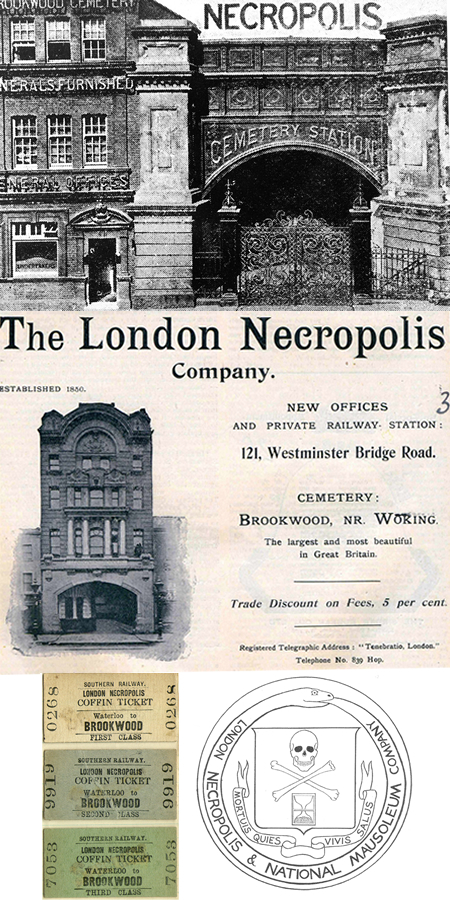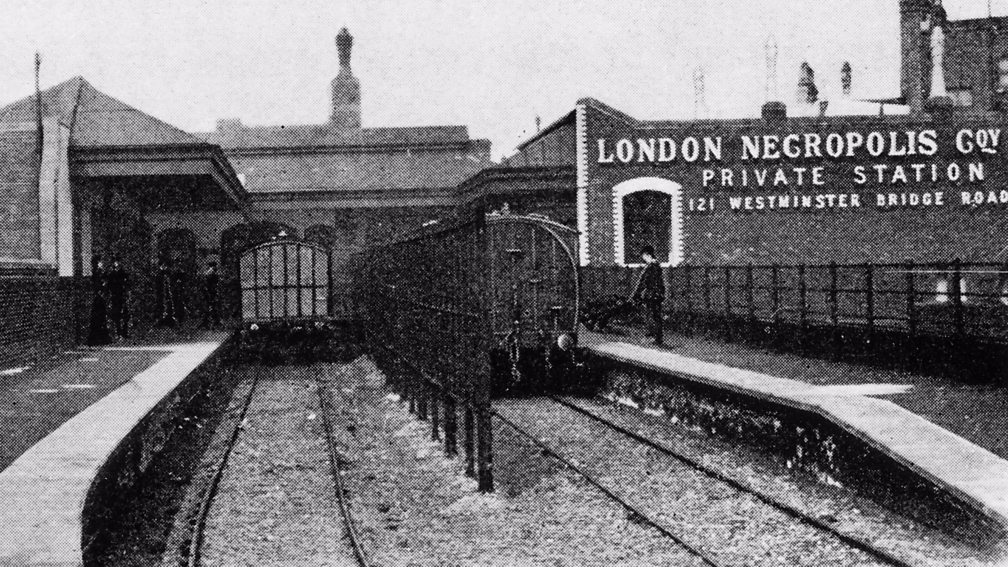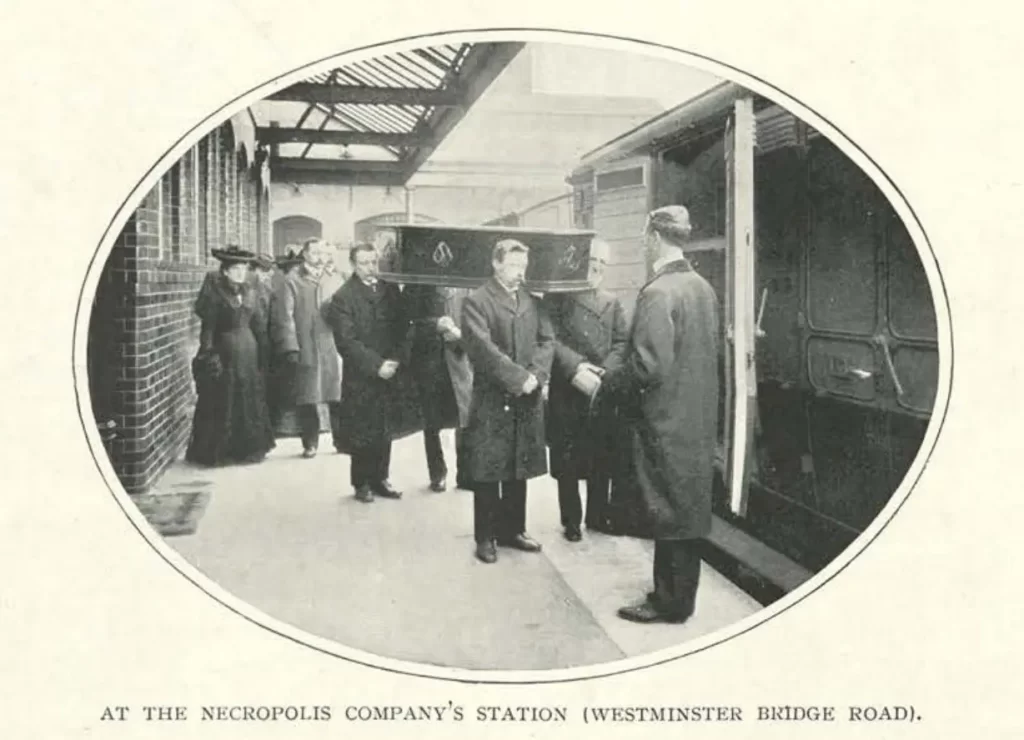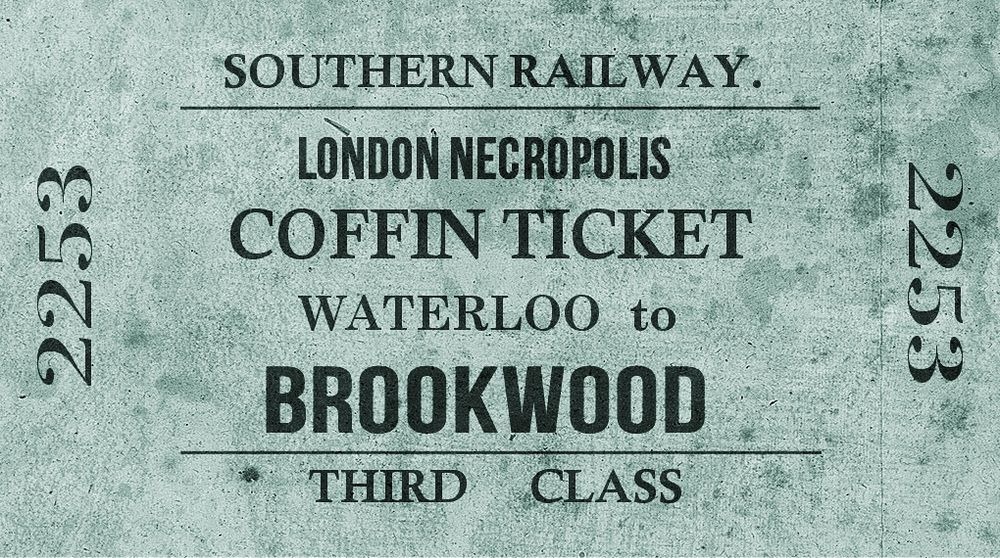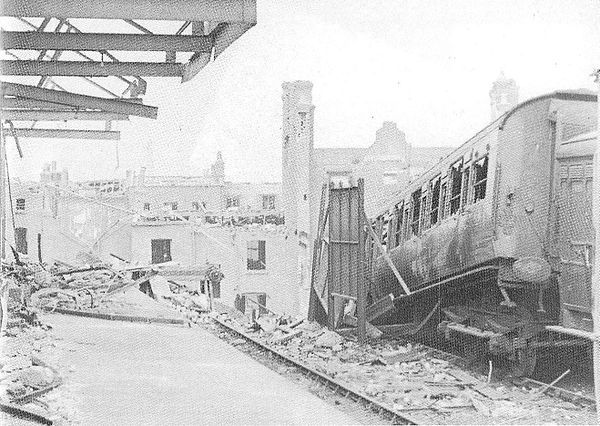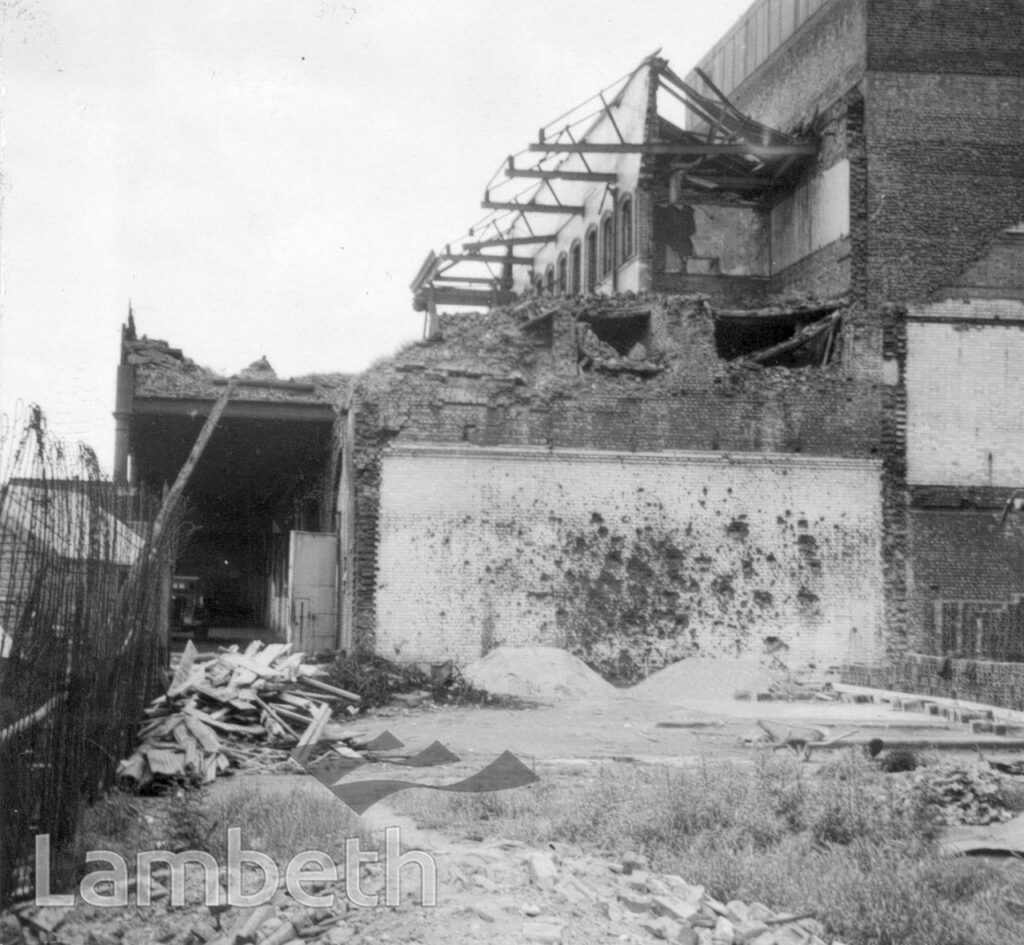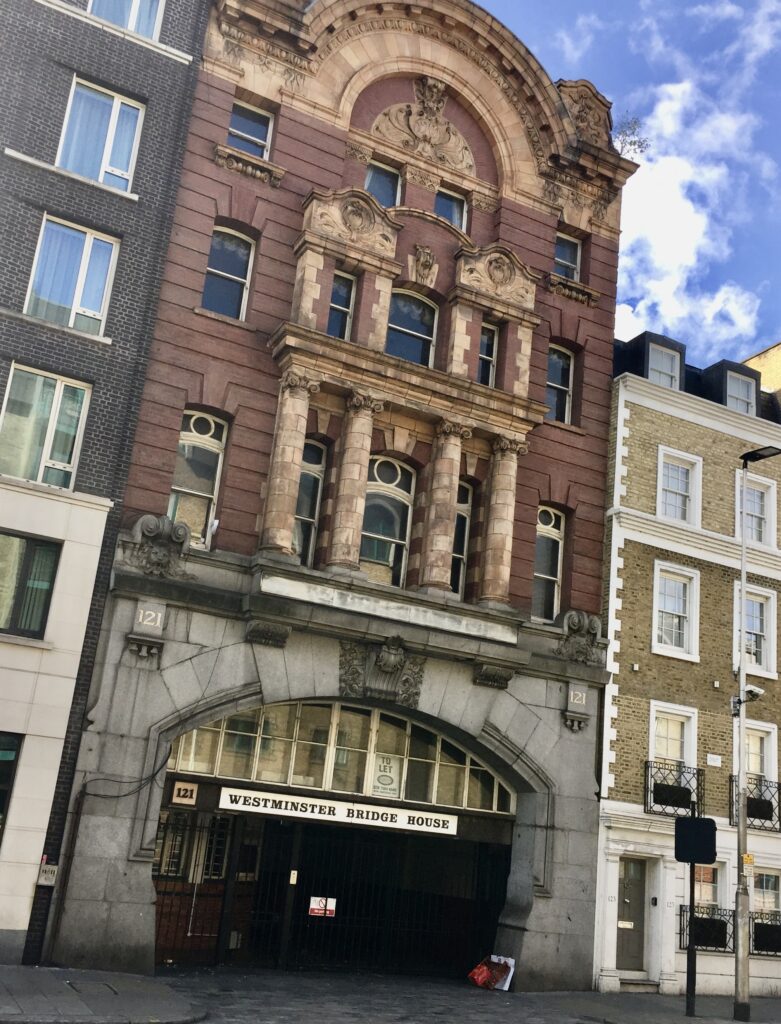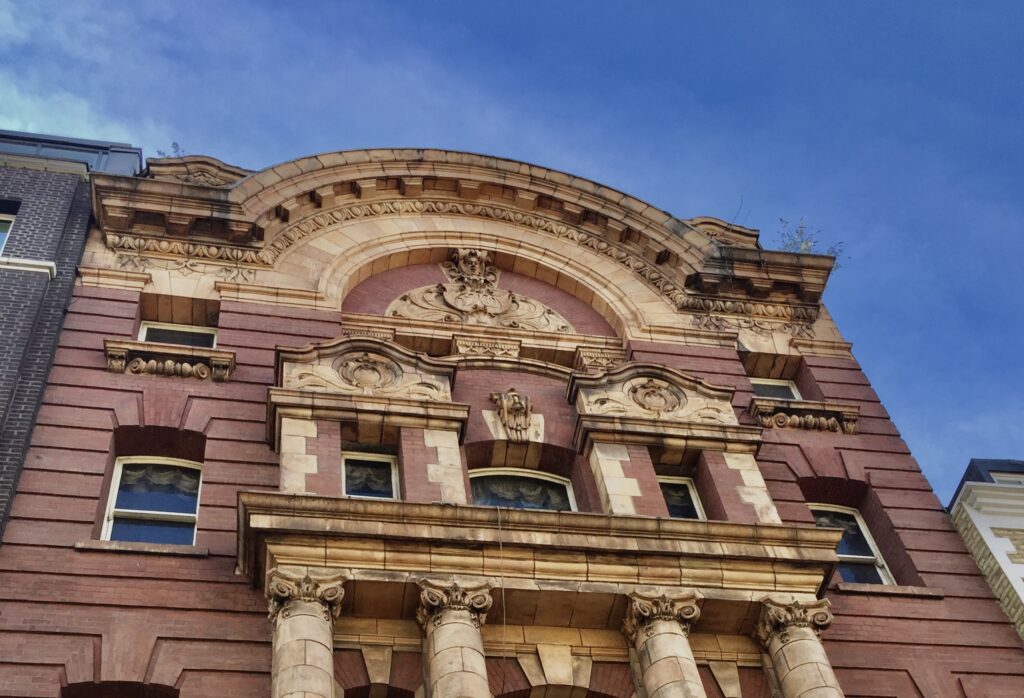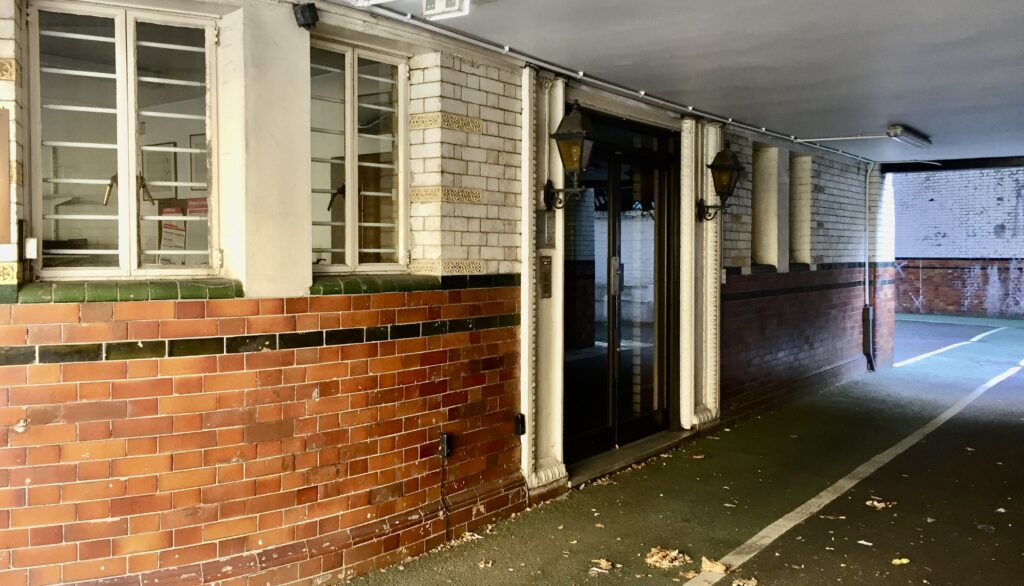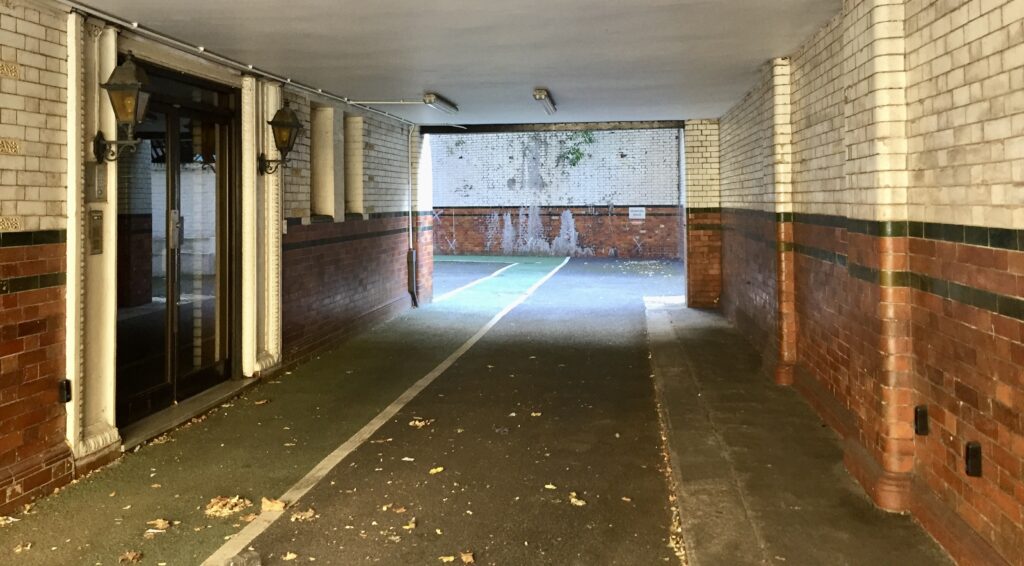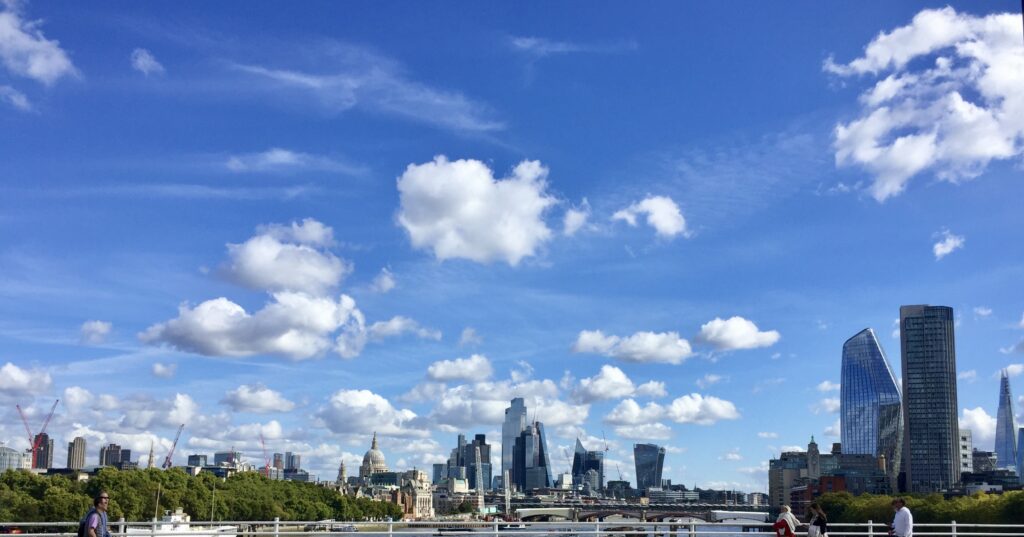Visitors to the Tower looking down towards the river probably don’t give a second thought to this little strip of sand …
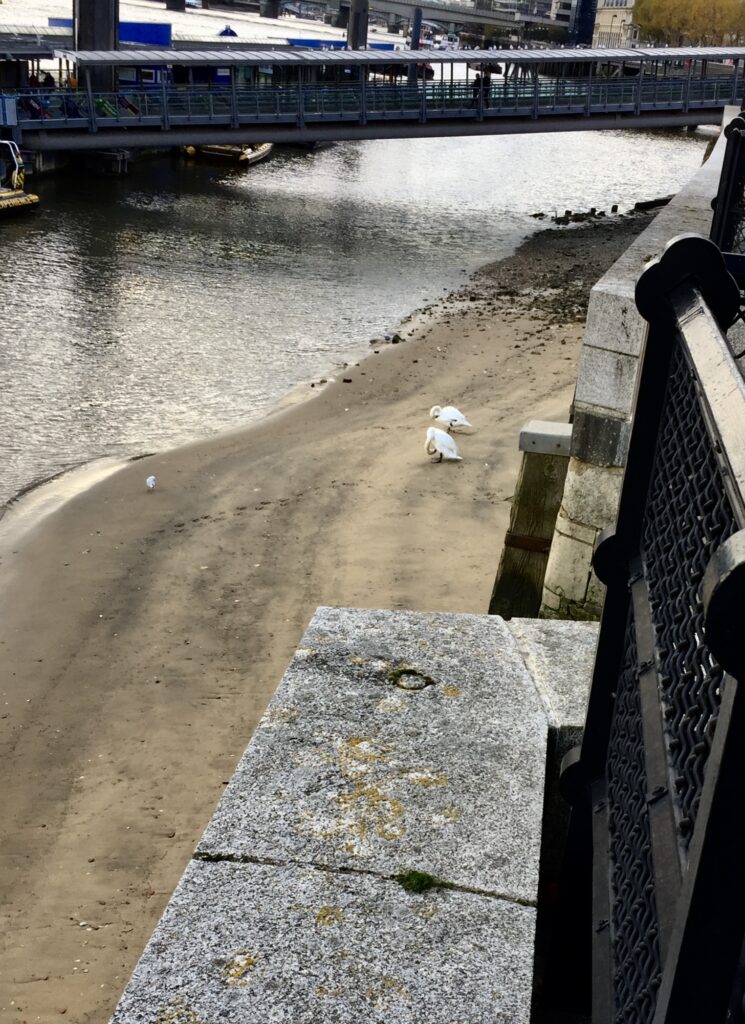
Here it is as seen from the cruise boat access bridge …
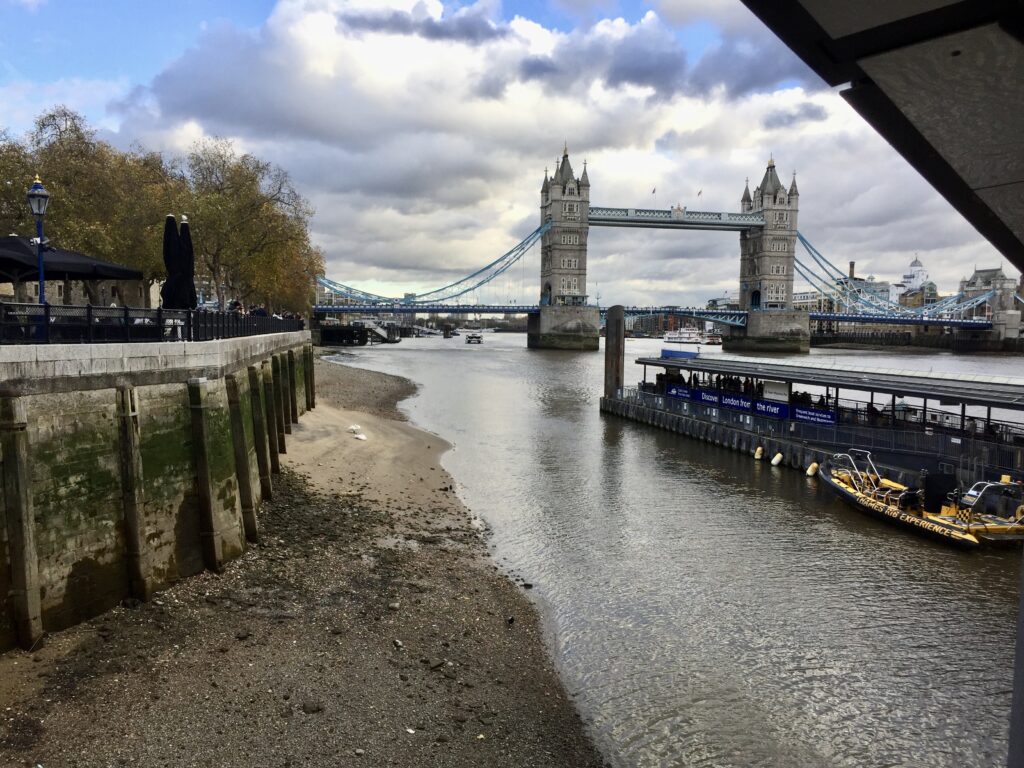
People had walked on the Thames foreshore for thousands of years but Tower Beach, as it was known, was created in 1934 by bringing 1,500 barge loads of sand to the site. When it was officially opened, King George V decreed that the beach was to be used by the children of London, and that they should be given ‘free access forever’.
Take a look at these wonderful images starting with the lovely girls from the famous Windmill Theatre …
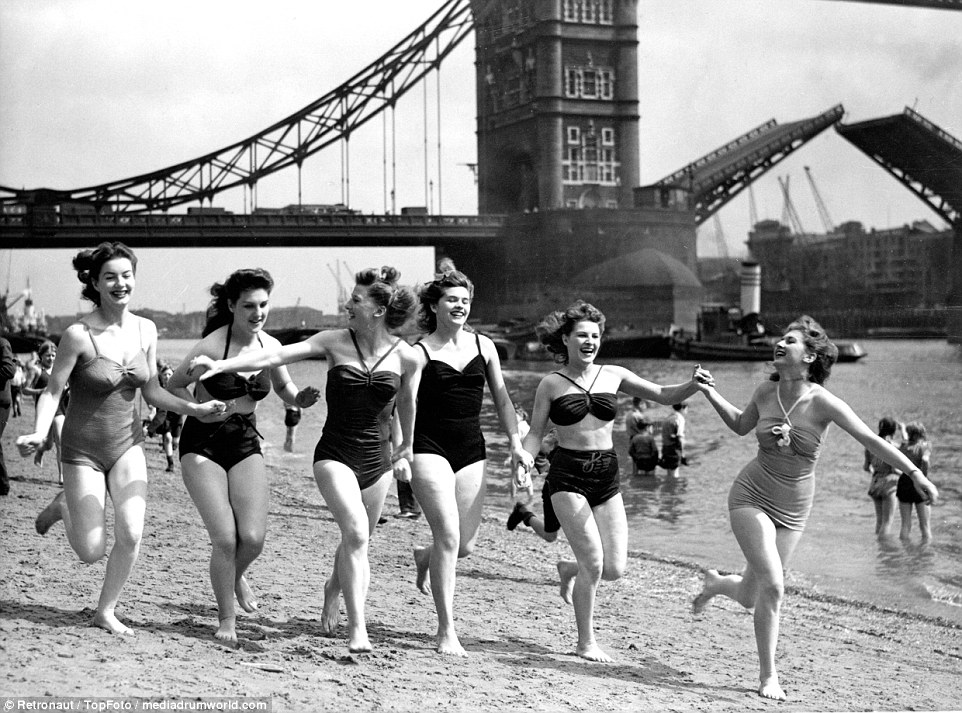
East end lads having a great time …
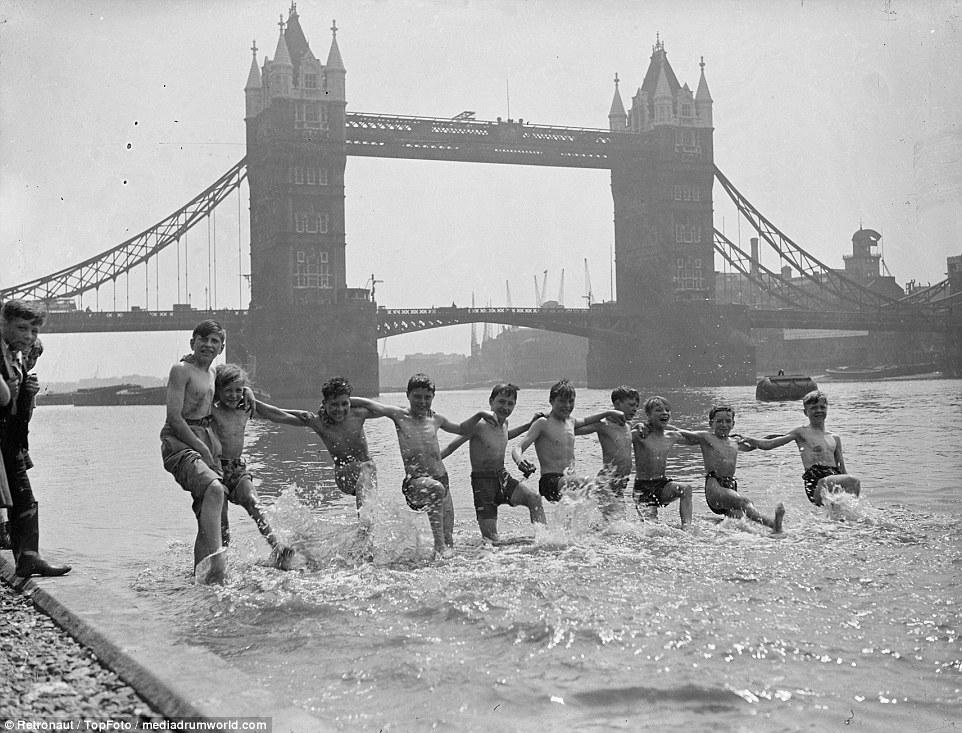
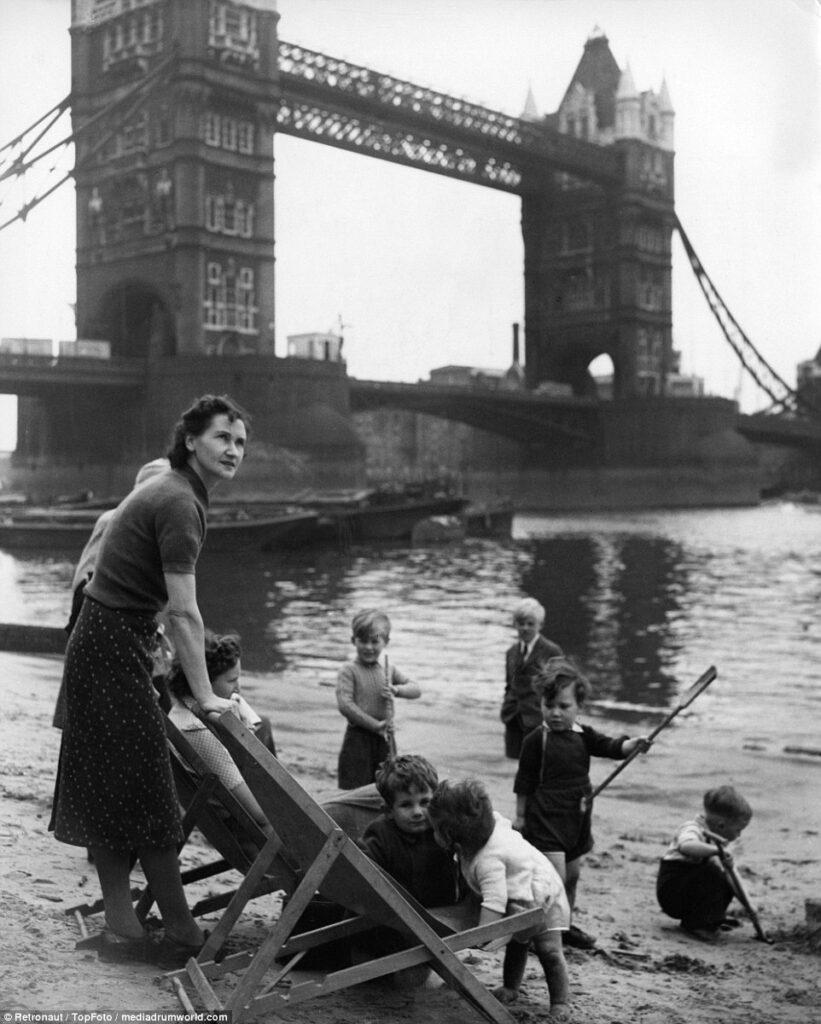
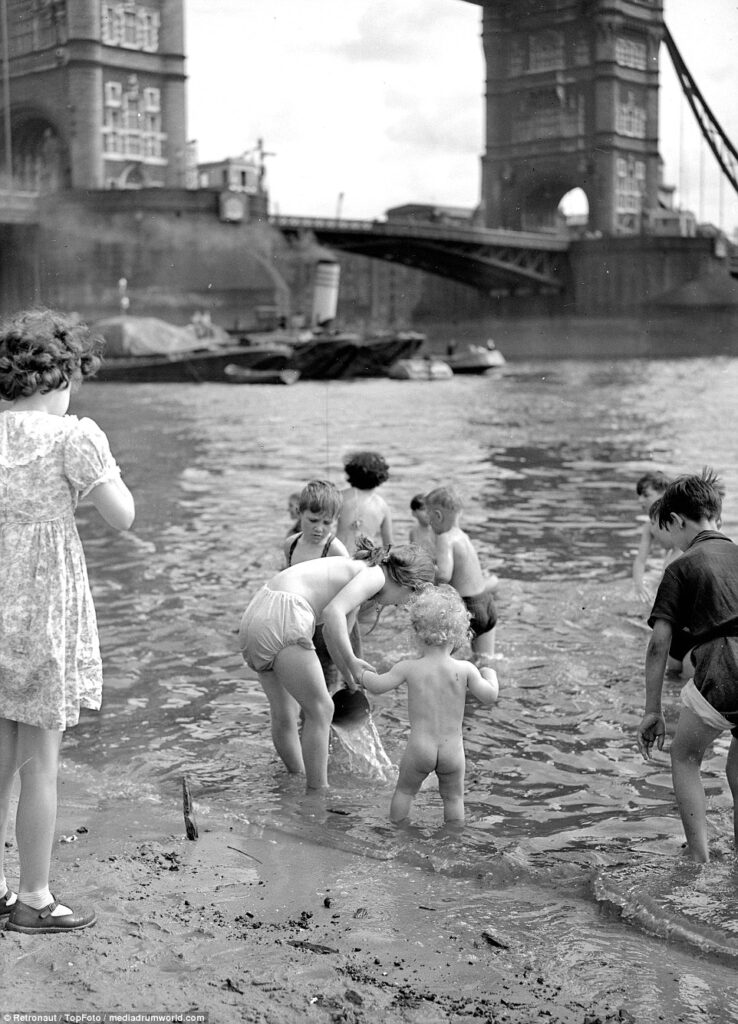
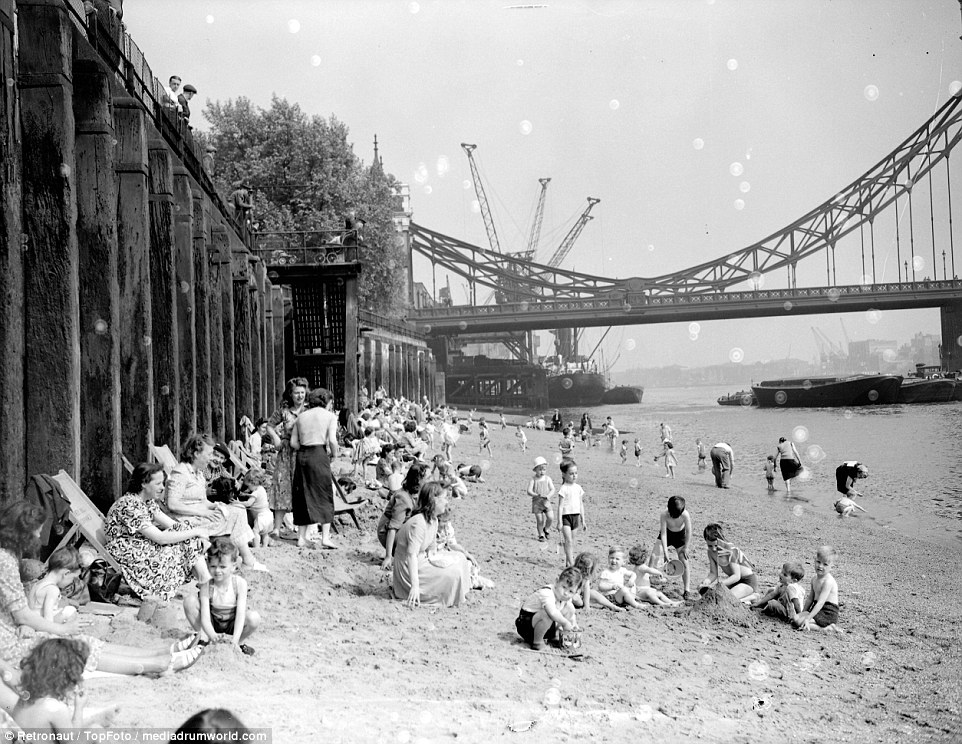
Sadly it had to be closed in 1971 because of the danger of pollution to bathers.
You can see more if you click on this link to the article the images come from in the MailOnline.
This exciting sculpture, Girl With a Dolphin, was created in 1972 by David Wynne …
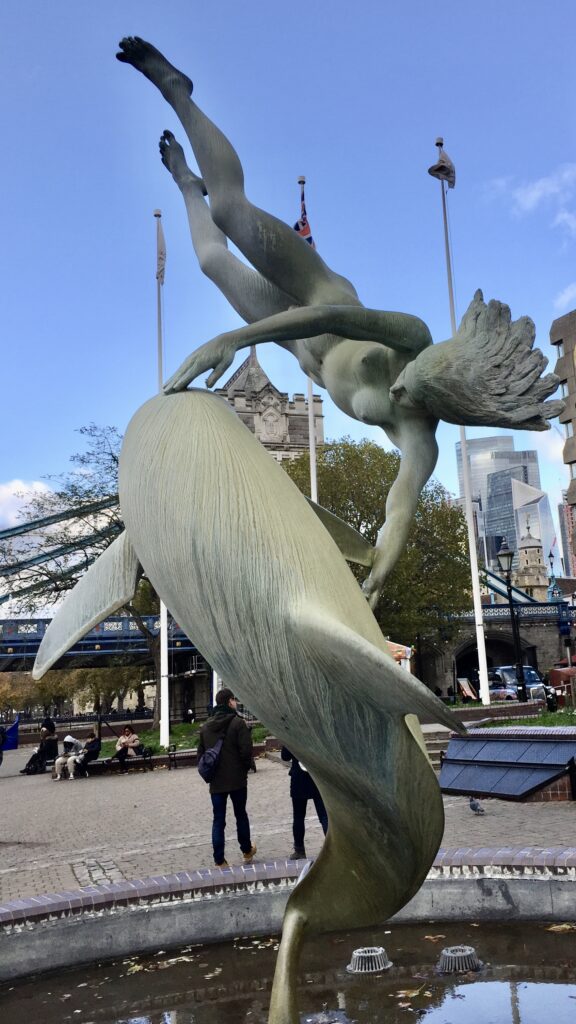
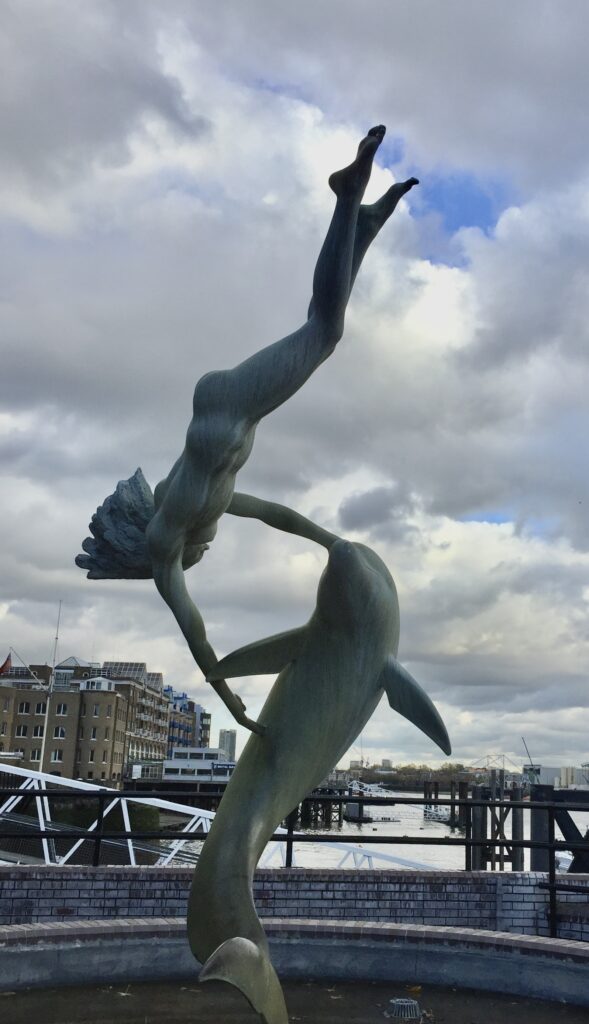
It looks even better when its water fountain is working.
I know not everyone likes The Shard but I appreciate the way it mirrors the sky, especially on a stormy day …
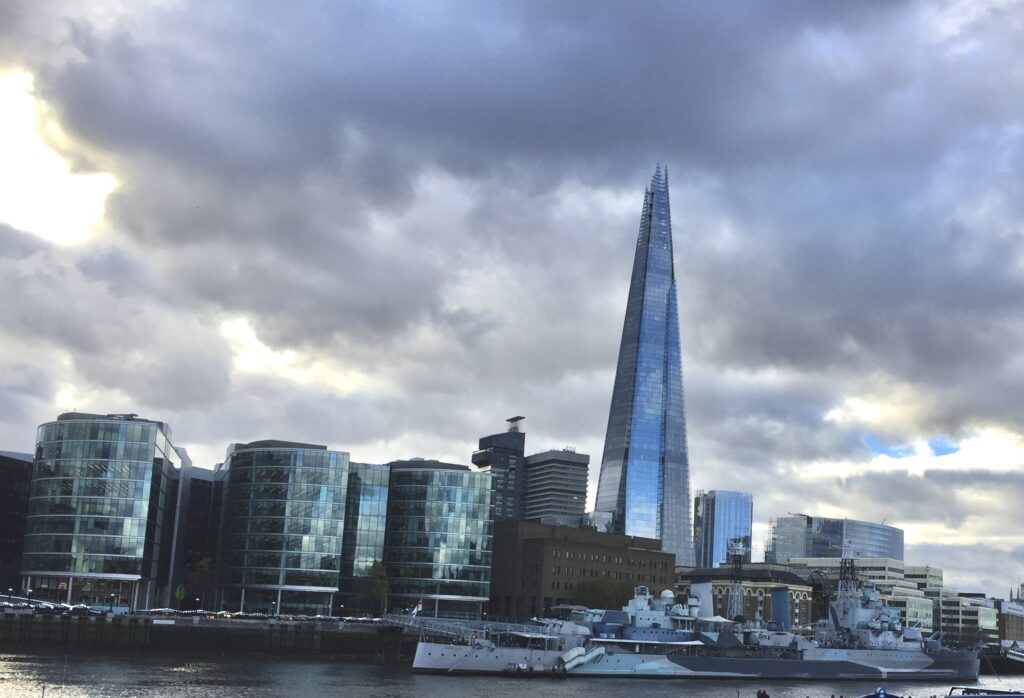
That’s the well-camouflaged HMS Belfast in the foreground.
St Katharine Docks opened on the 25th October 1828 and this painting shows the first ships entering during the opening ceremony …
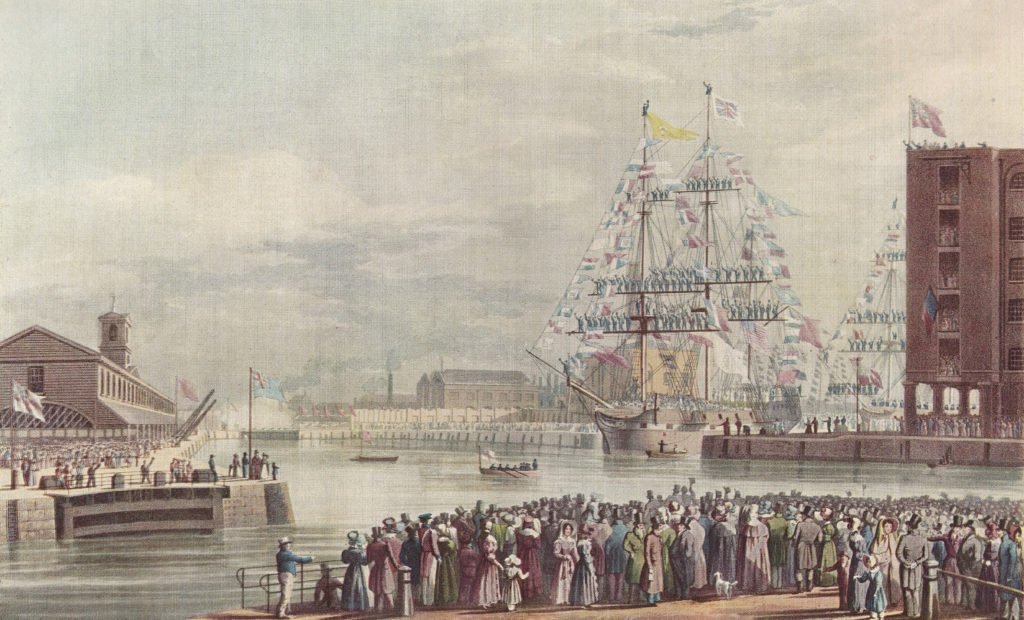
The docks as they appeared in full operation …
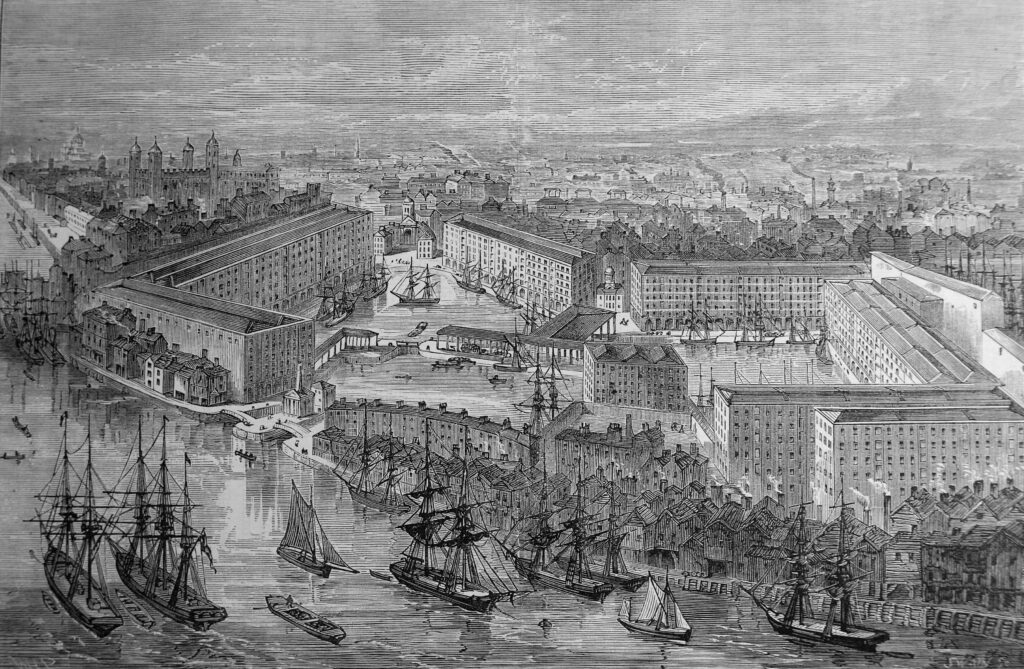
These formidable lock gates are still in place and fully functioning …
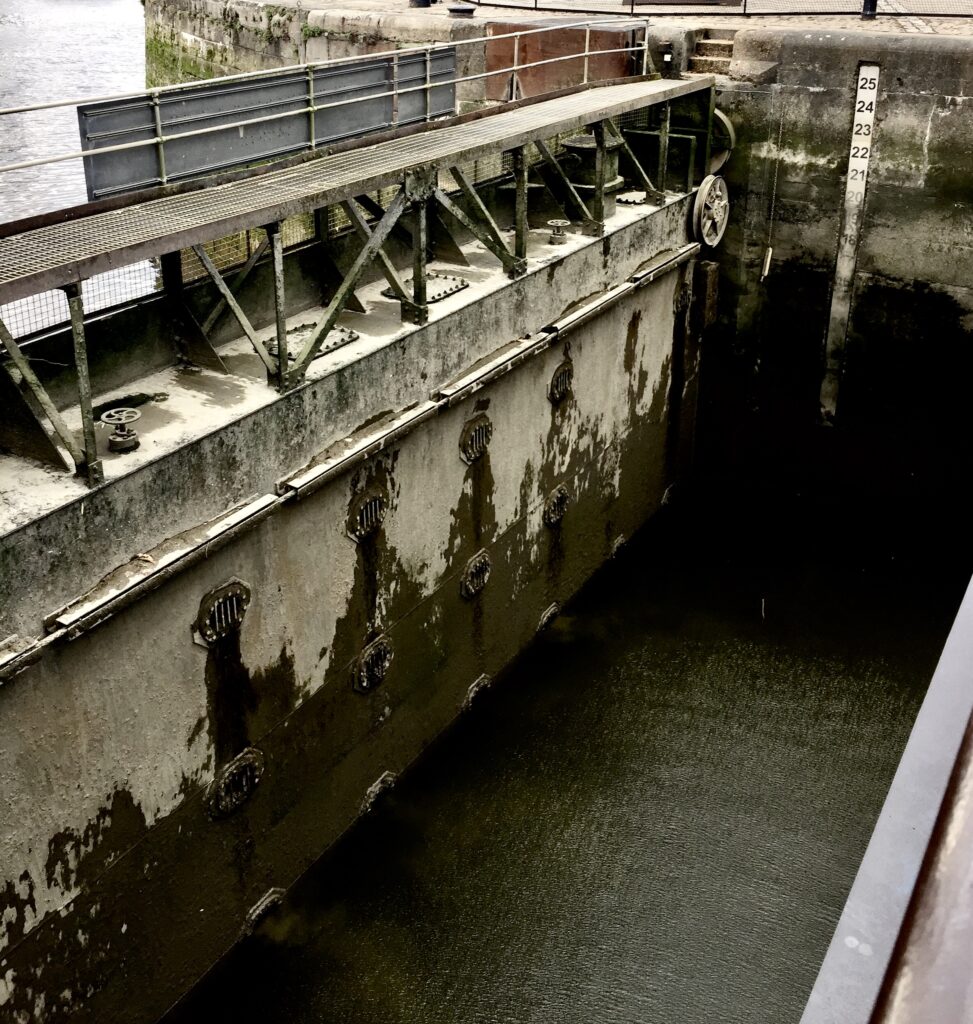
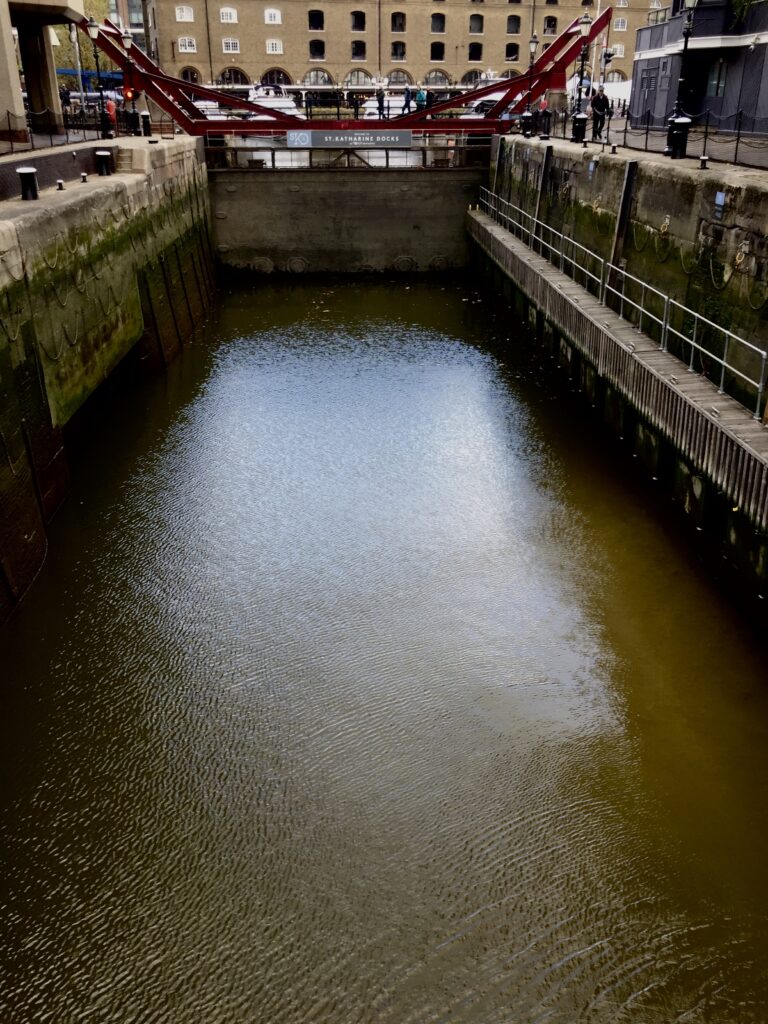
St Katharine, a 4th century aristocrat, refused to marry the Emperor Maximilian and was punished by being tortured on a spiked wheel before being beheaded. Her usual symbols are a wheel and a book, and may also include the more general symbols of the virgin martyr, a crown and a sword. The saint on this plaque has two appropriate extra symbols: the water and the Tower …
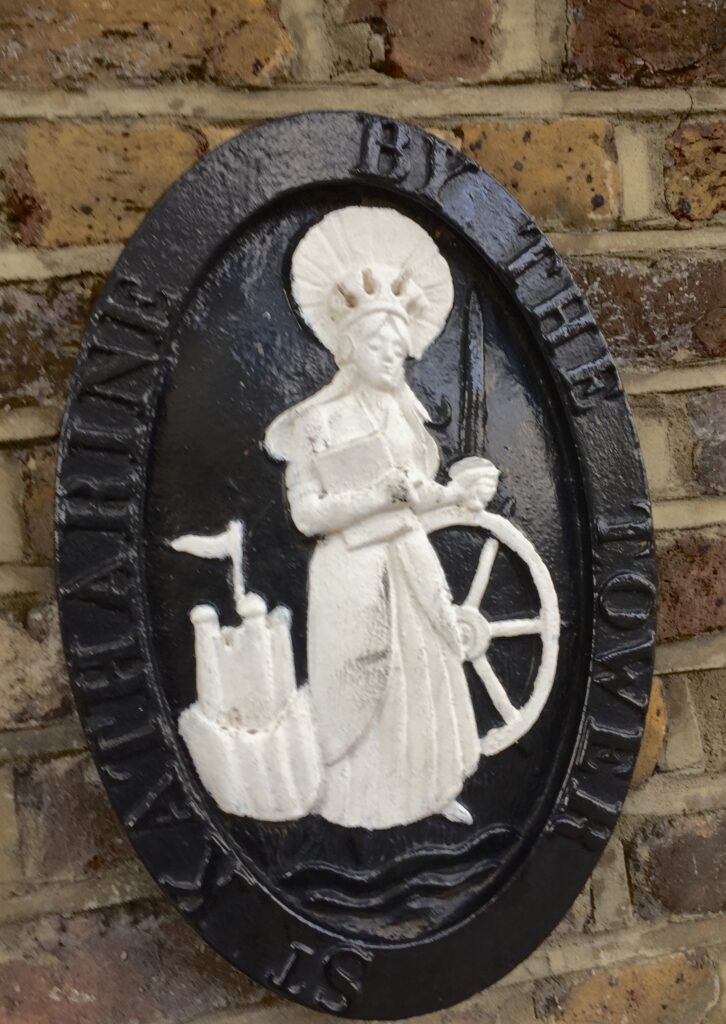
You will see her portrayed throughout the area …
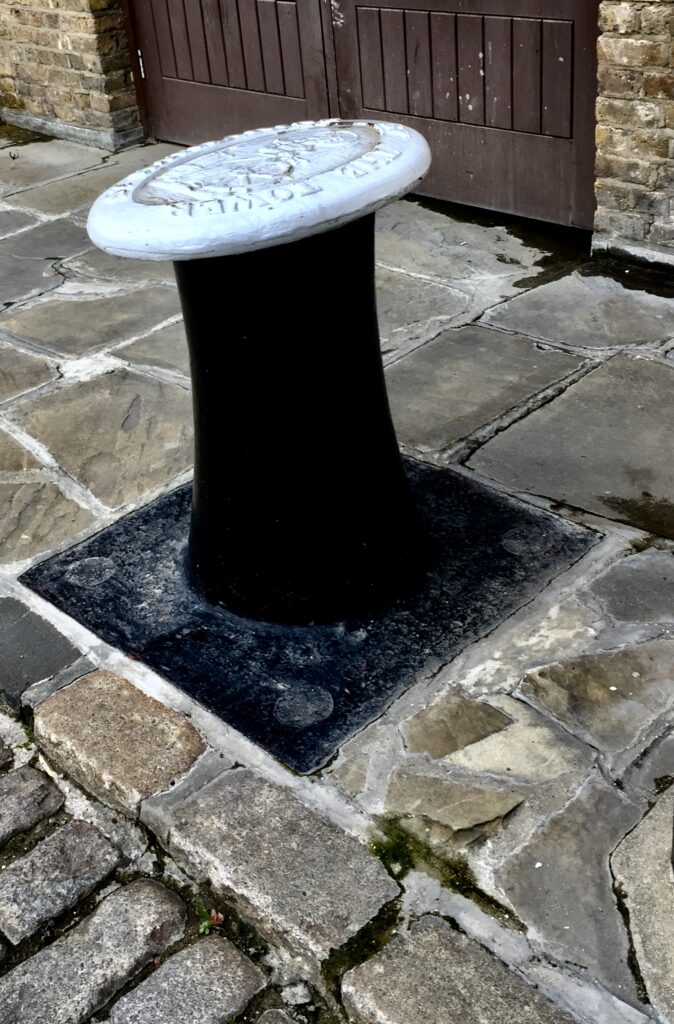
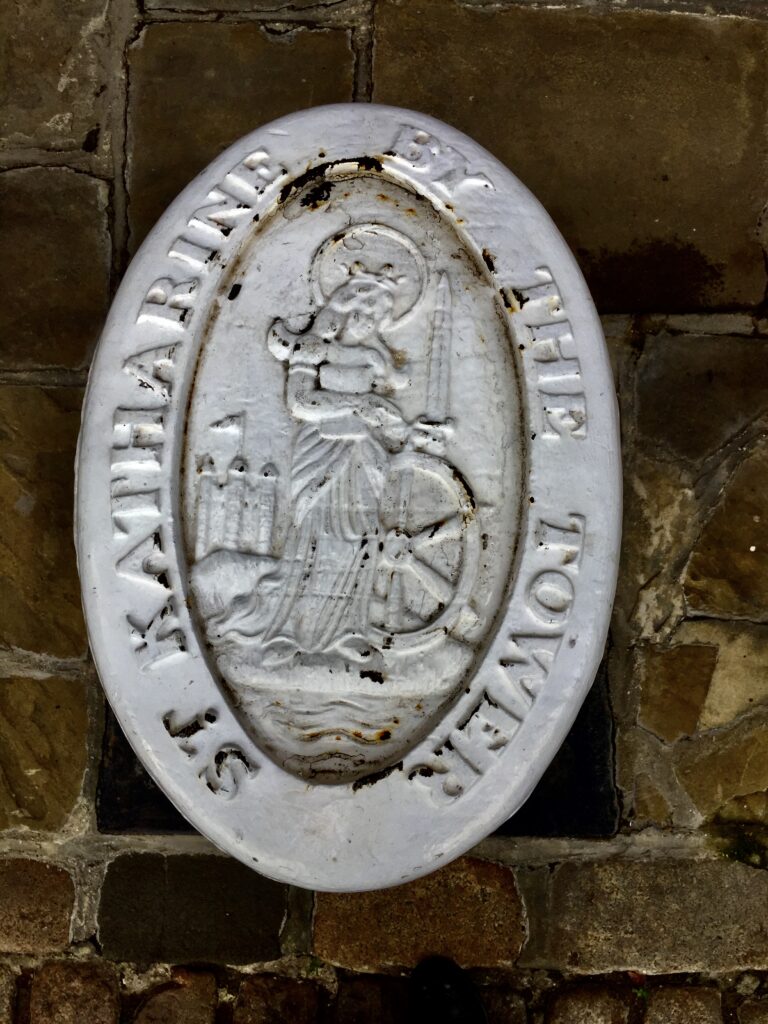
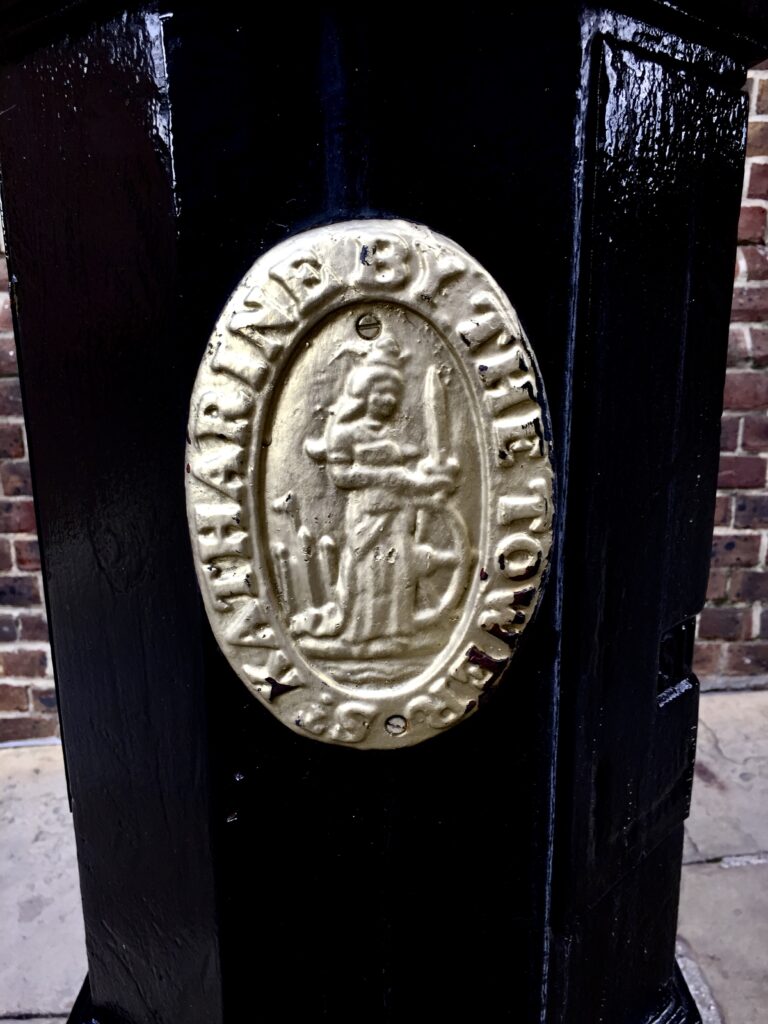
Posh flats and yachts …
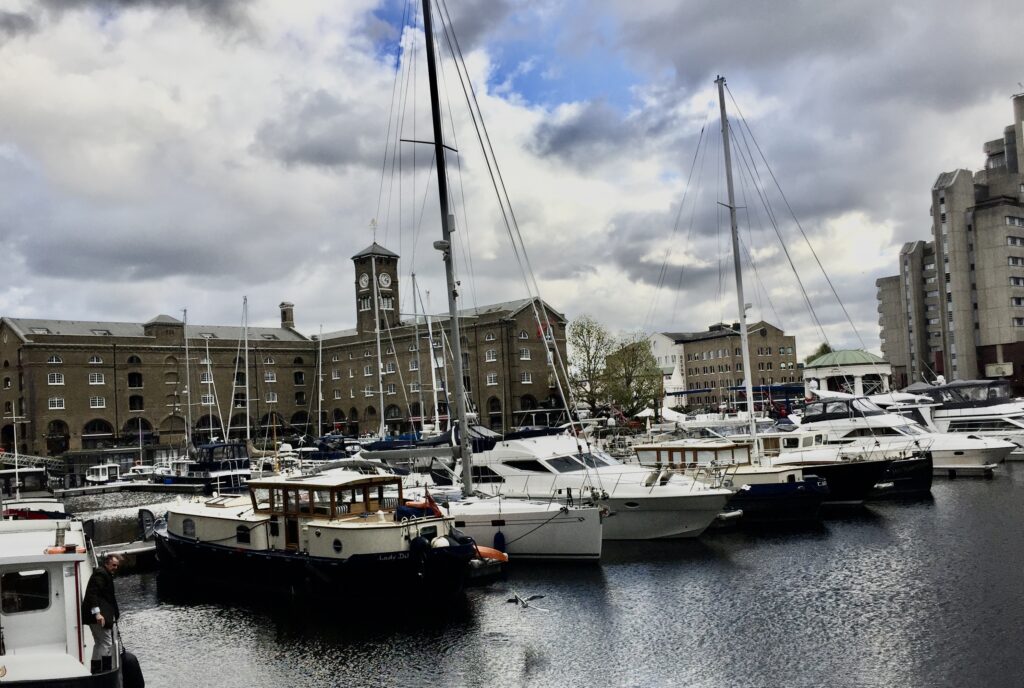
You can glimpse The Gherkin and The Scalpel in the background …
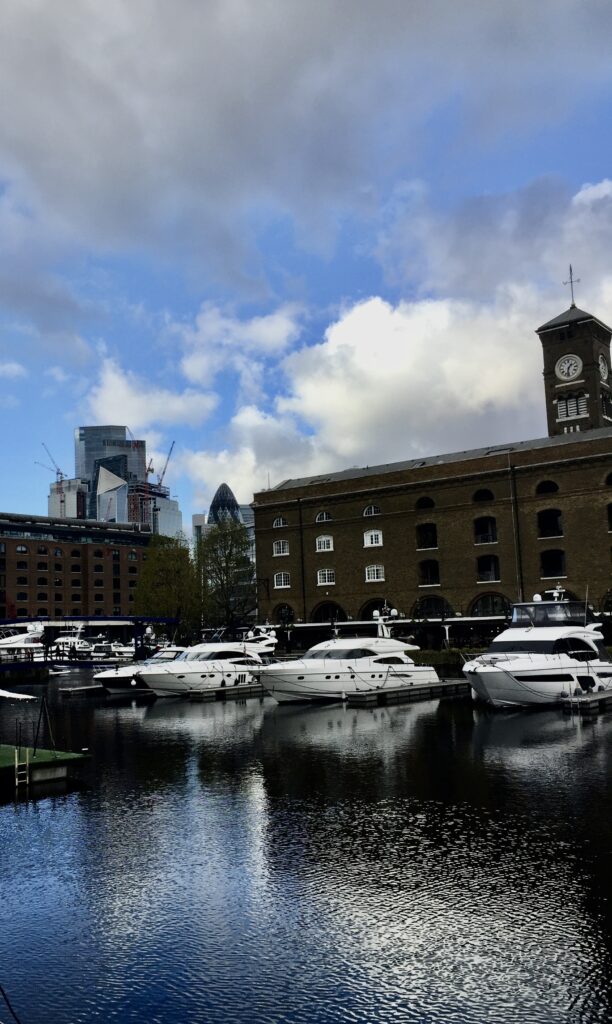
Ivory House, designed by George Aitchison & Son in 1853, is the only
original warehouse still standing in St Katharine Docks today. It gets its name because of the vast amount of ivory that passed through it. At its
peak in the 1870s, nearly 200 tons of ivory was stored annually. Apart from the ivory, other luxury imports were stored such as perfume, shells, marble,
carpets, spices and wine. The London docks were the world’s greatest concentration of portable wealth …
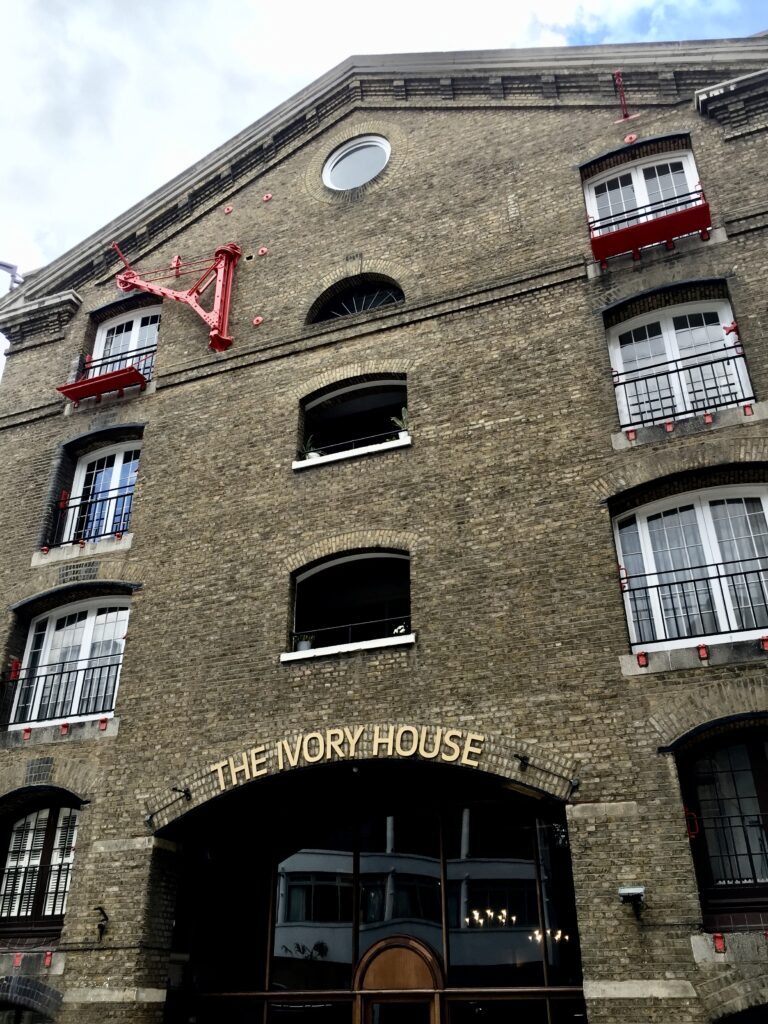
Note the thickness and height of the walls lining the street – serious security …
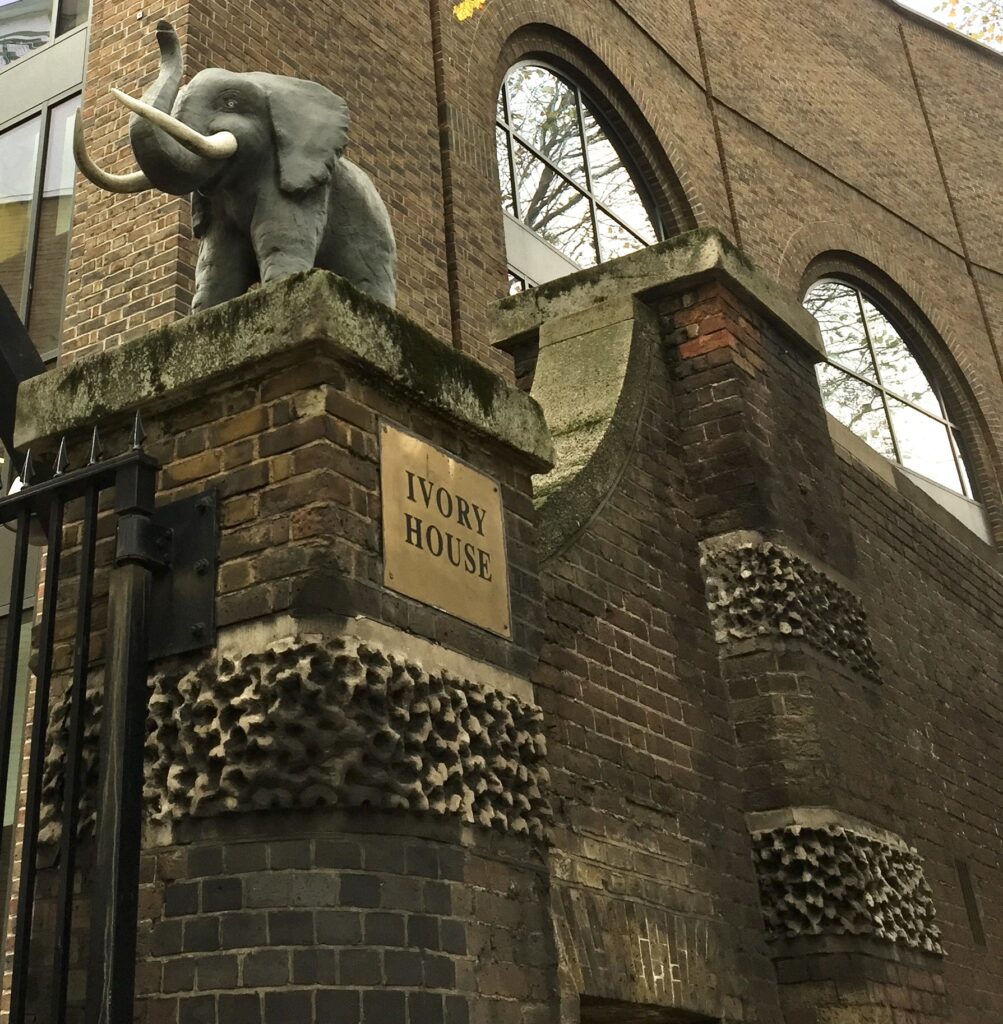
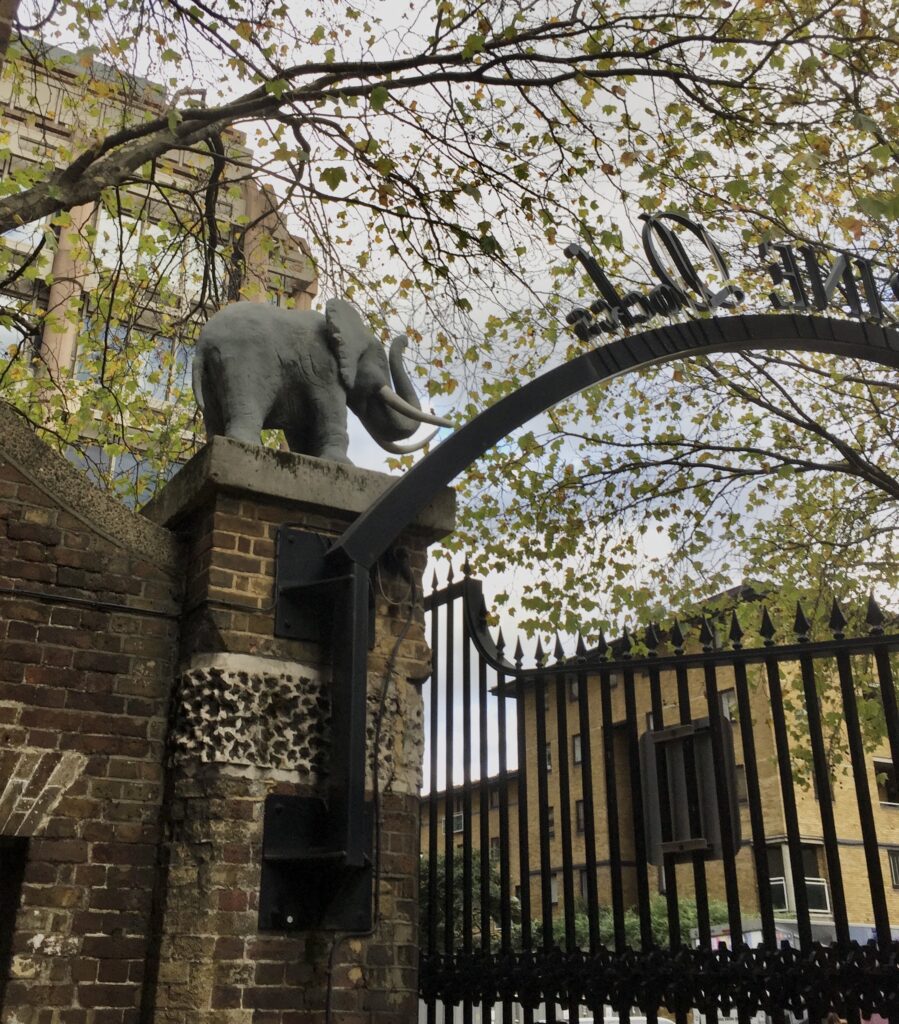
Across the river is Butlers Wharf, once used to store vast quantities of tea …
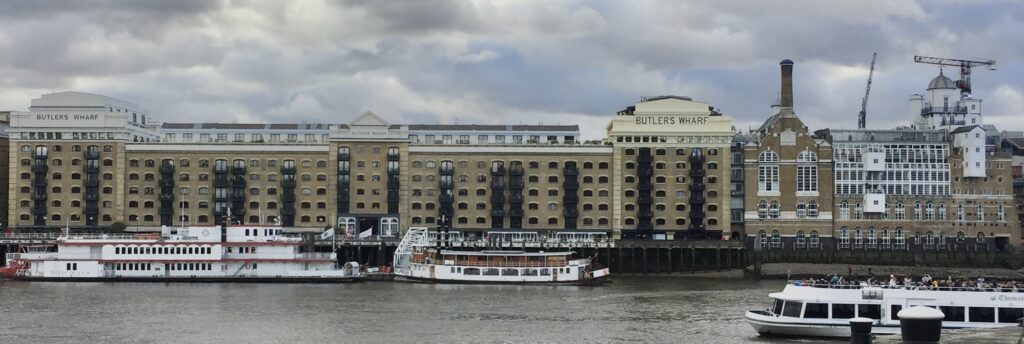
The sculptress Paula Haughney has a number of her works on display around the area which have as their theme the merchandise which used to be unloaded here. The stones used for these sculptures were part of the original dock. You’ll find a guide to where they are and their titles here …
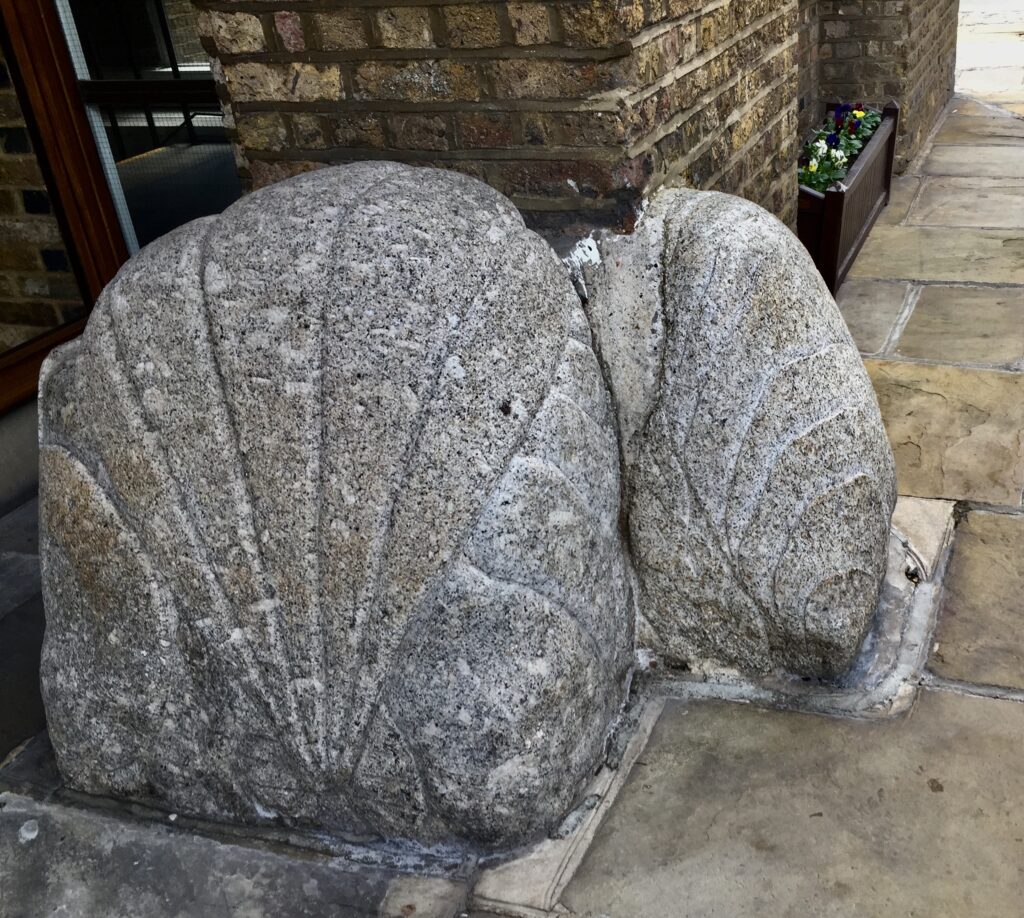
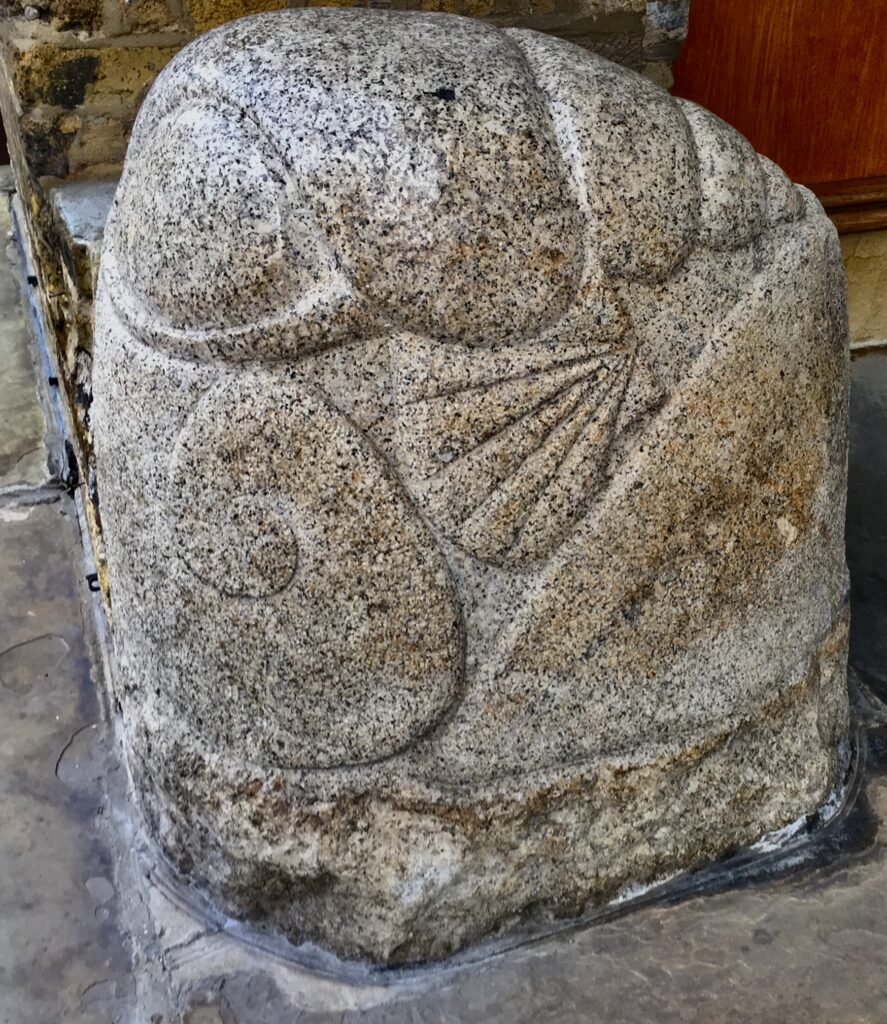
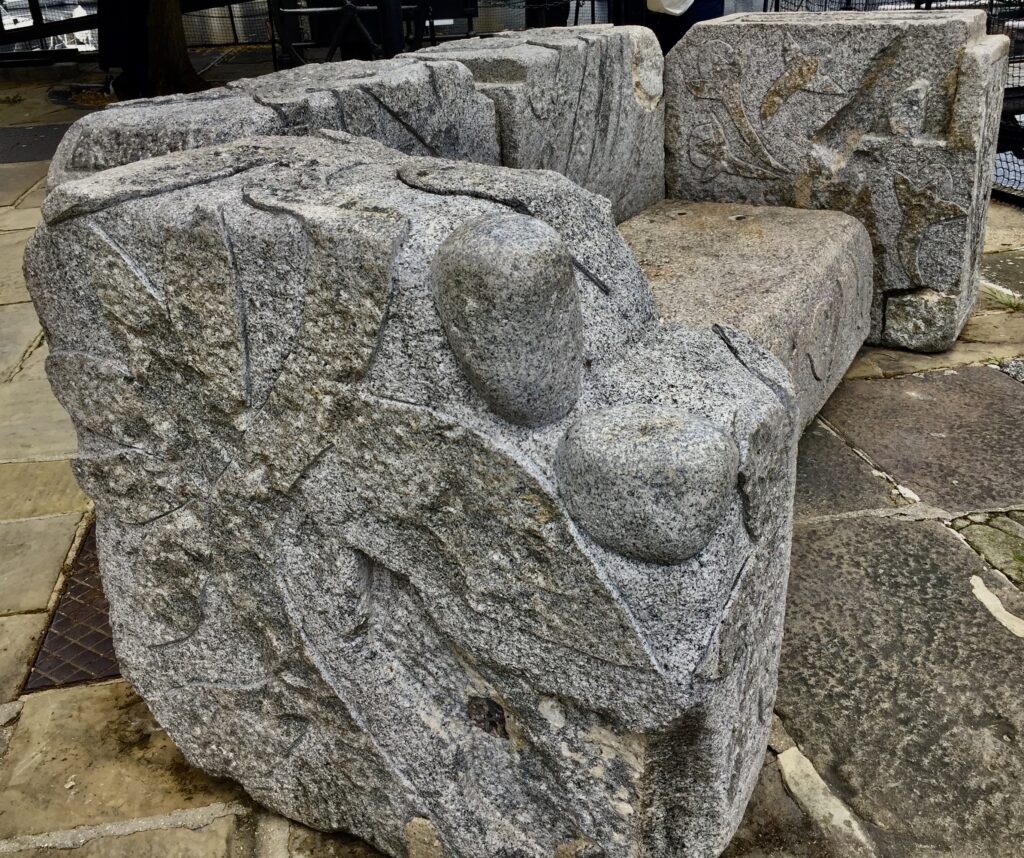
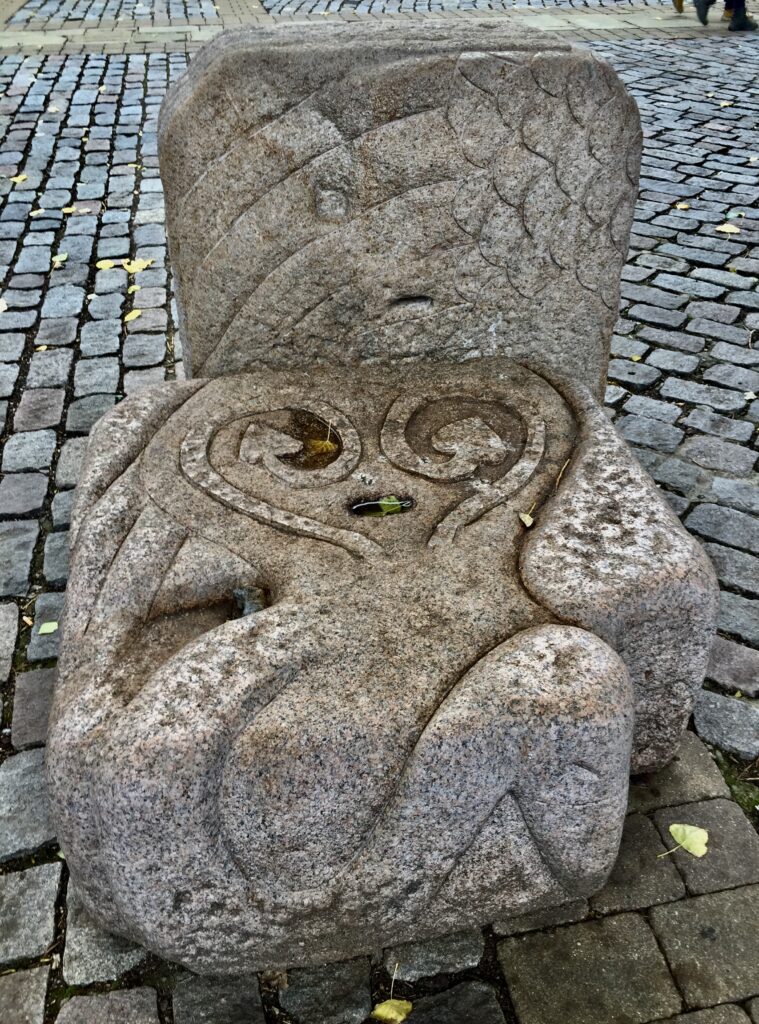
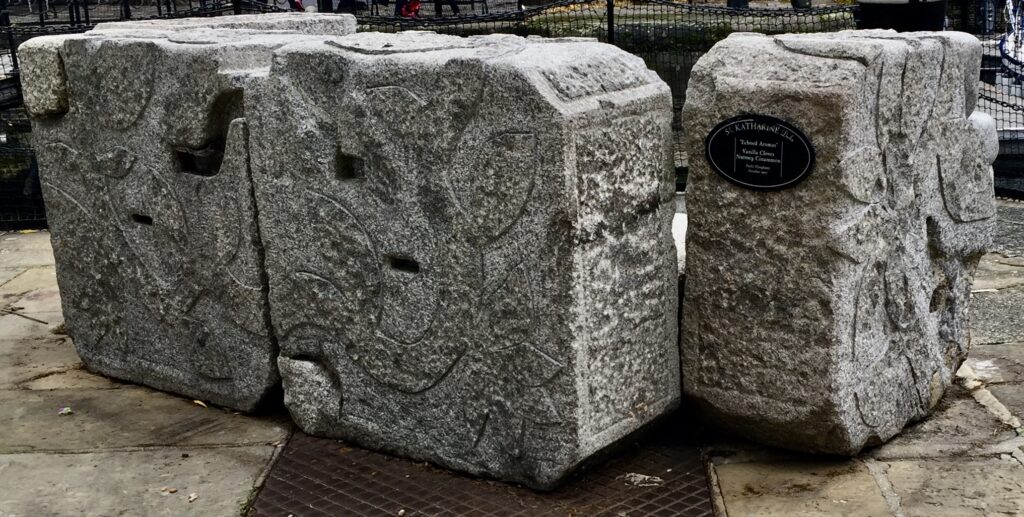
This sundial was created by Wendy Taylor …
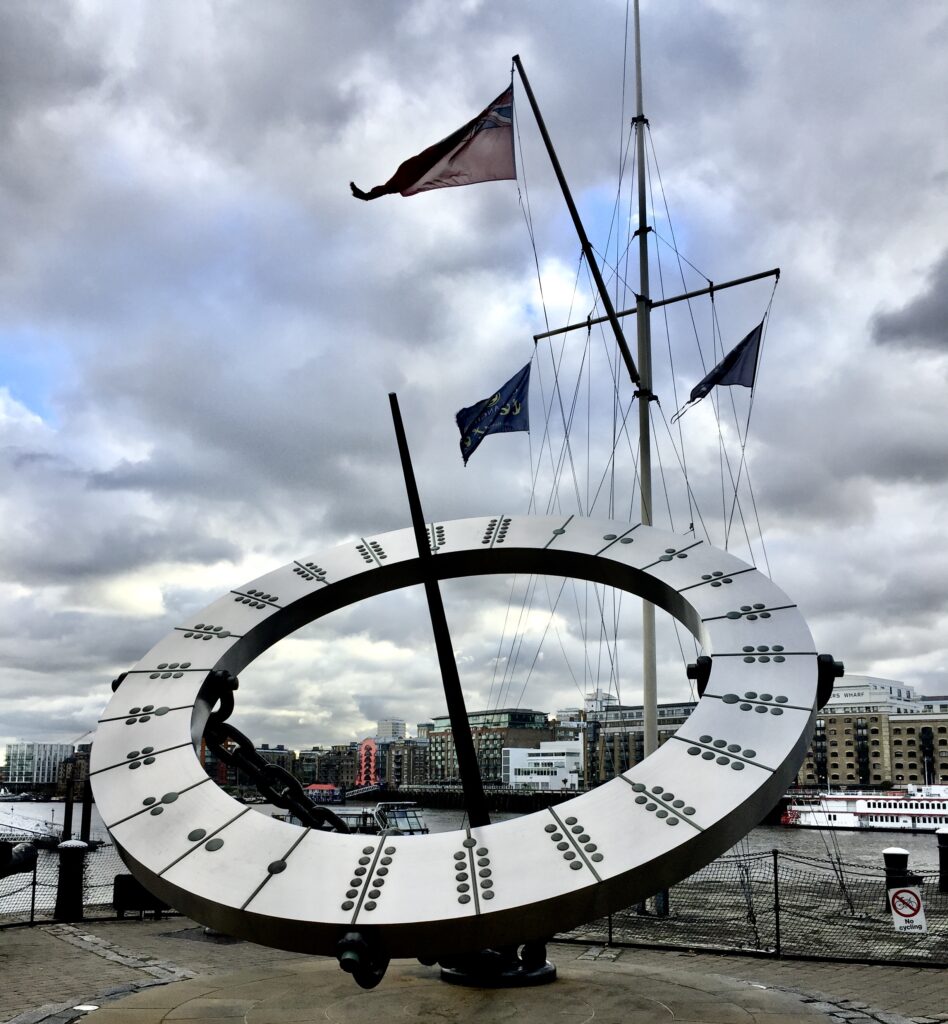
The work has reminders of the dock’s past. The chains which support it are reminiscent of anchor chains. The ring of the sundial is a giant washer. The central gnomon is an enlarged nail.
Get your souvenirs here …
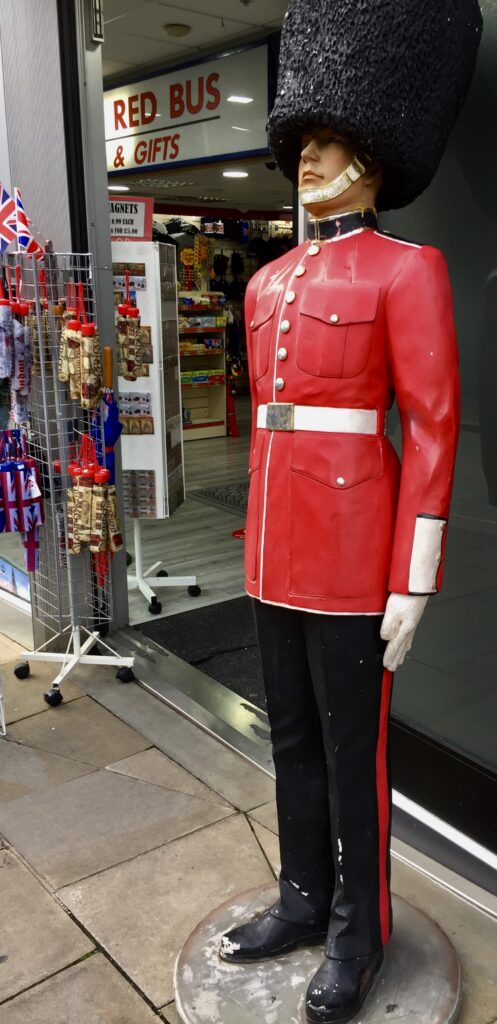

As I left the area and walked towards Tower Hill Station I noticed this curious building …
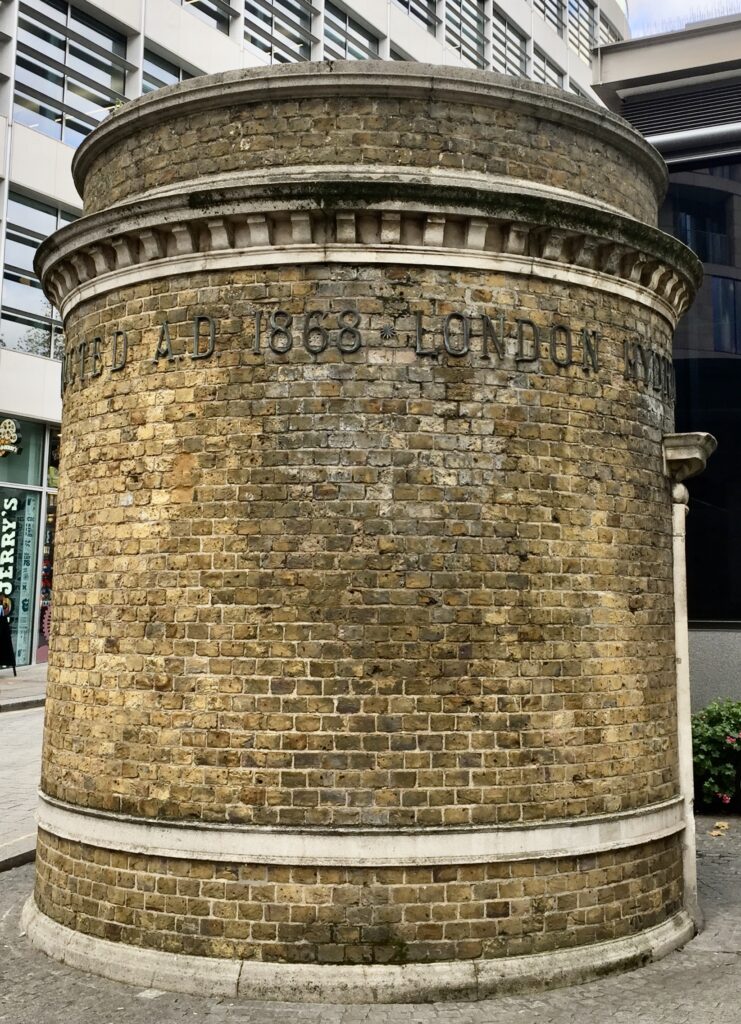
The London Hydraulic Power Company was established in 1868 to install a hydraulic power network in London. This expanded to cover most of central London at its peak, before being replaced by electricity, with the final pump house closing in 1977. This is the entrance to the Tower Subway which was originally an old pedestrian tunnel the Company bought to carry power under the Thames …
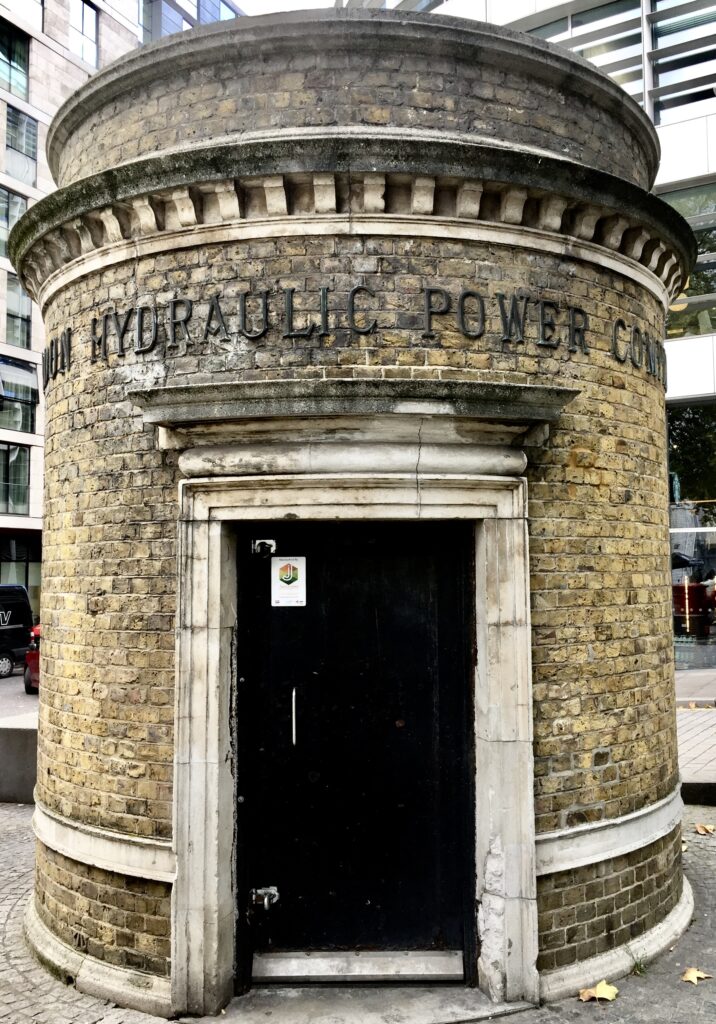
Just before I reached the station I noticed the Armistice Day wreaths left at the Tower Hill memorial. It commemorates more than 36,000 Merchant sailors who have no grave but the sea …
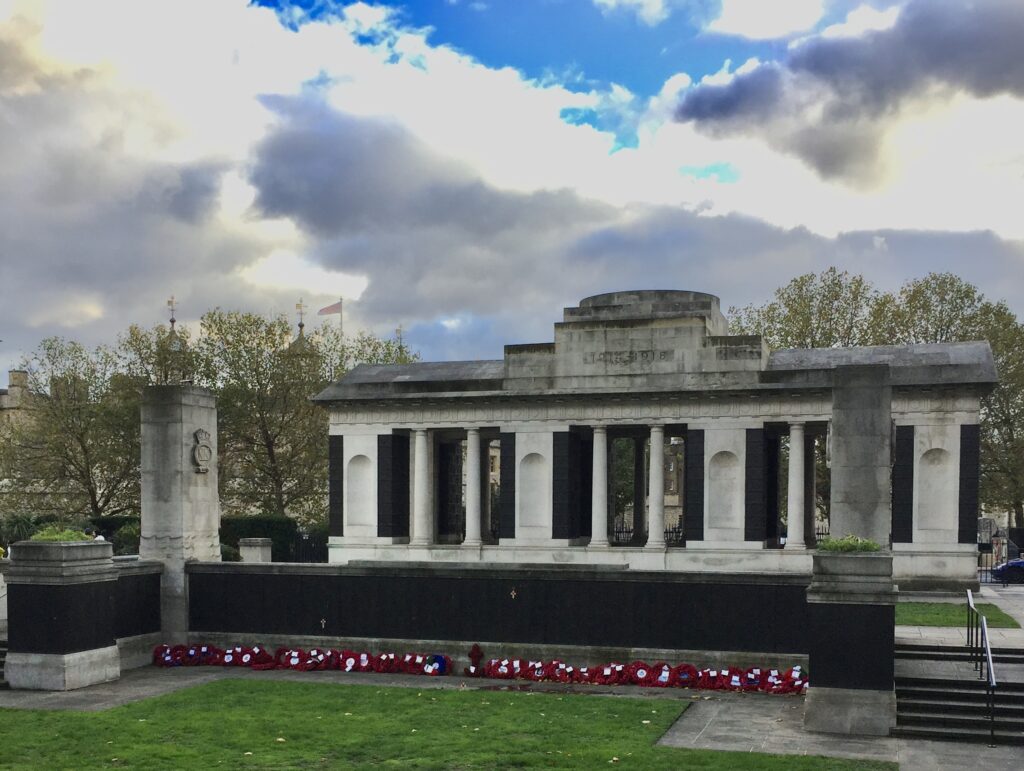
I also paused by the site of the old scaffold …
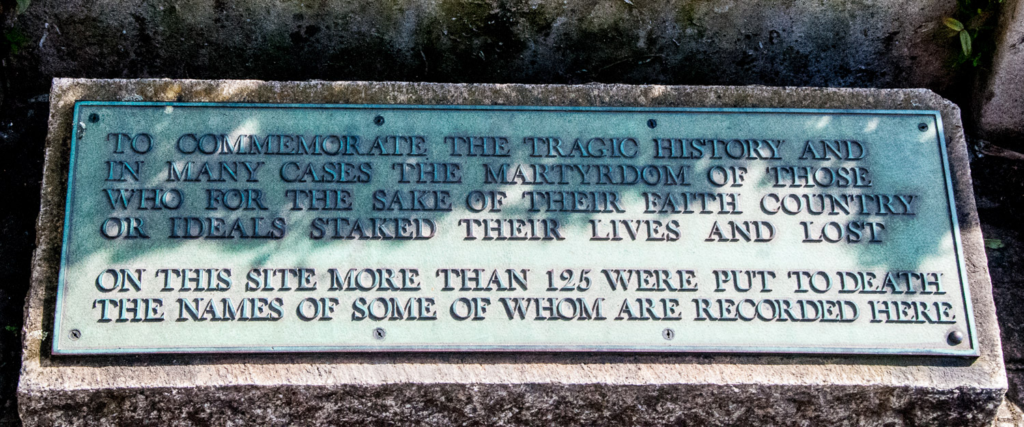
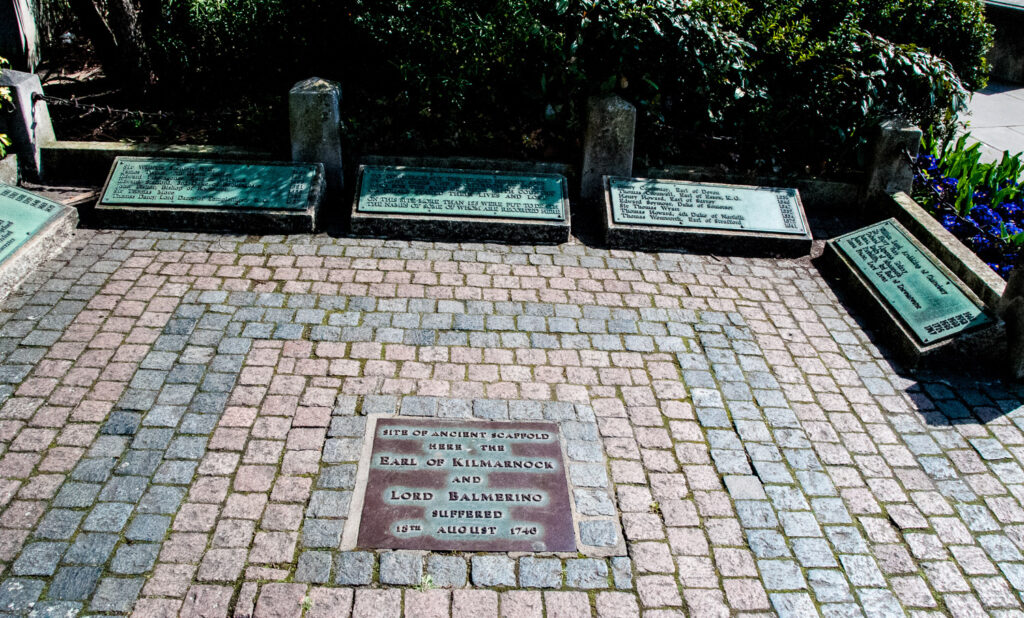
I have written about both memorials before in a blog entitled The Tower Hill Memorials – wars and executions.
Finally, just around the corner is this site …
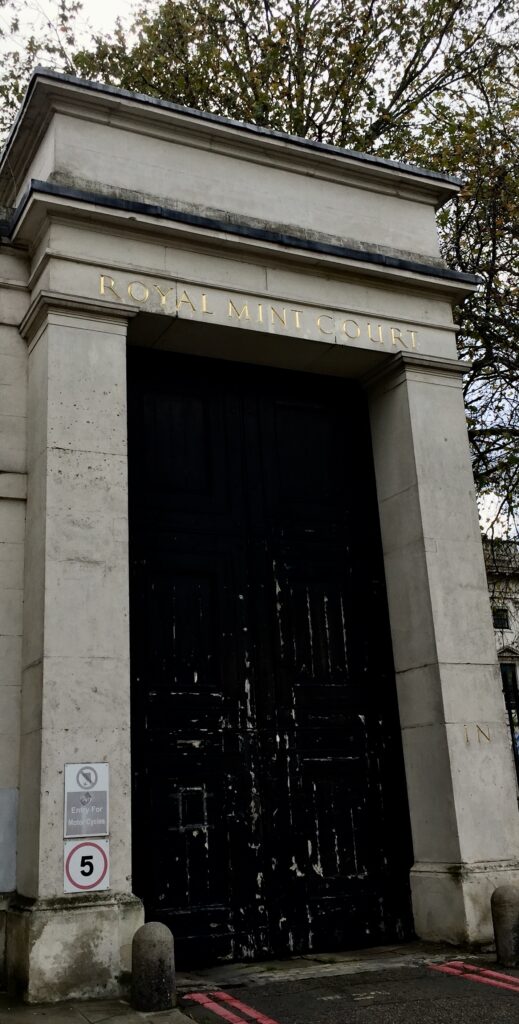
I peeped through the railings …
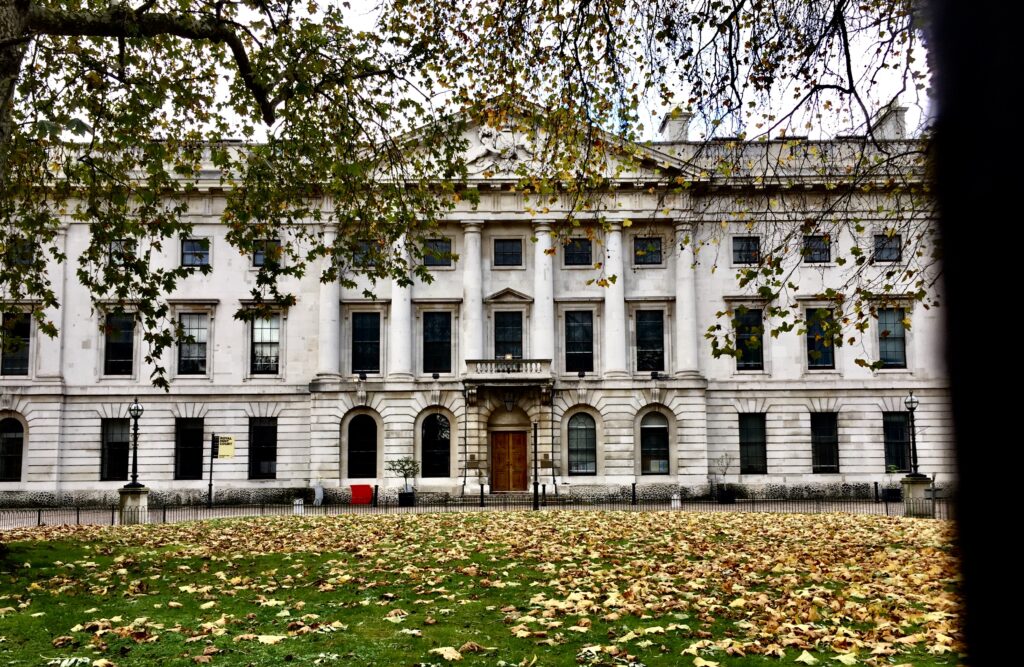
The Royal Mint in its heyday …
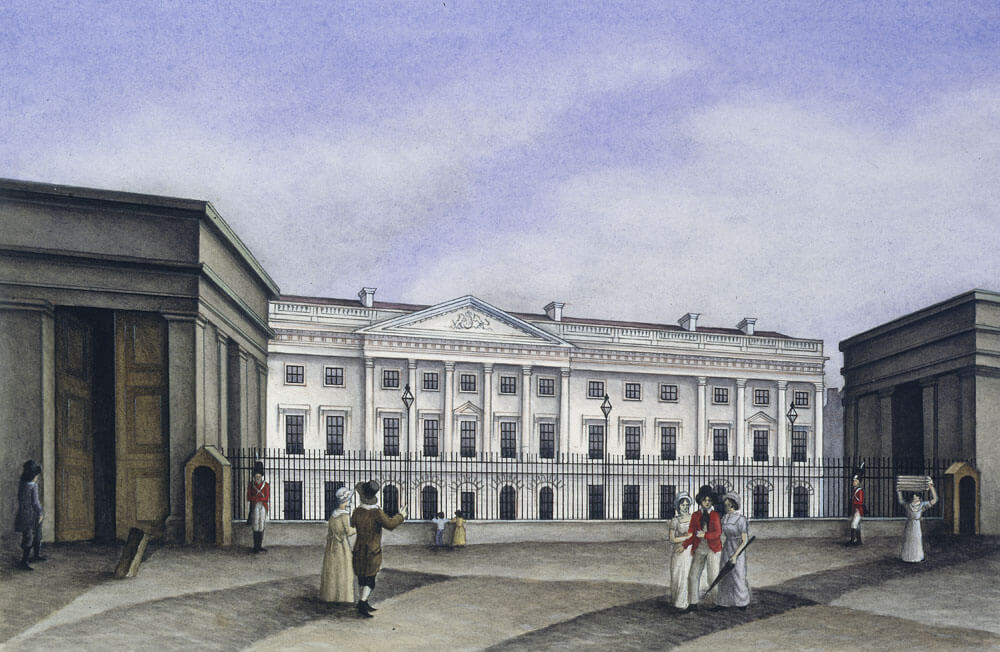
This will now be the site of the new Chinese Embassy since its purchase in 2018. This has proved controversial and you can read more here and view plans here.
If you would like to follow me on Instagram here is the link …

